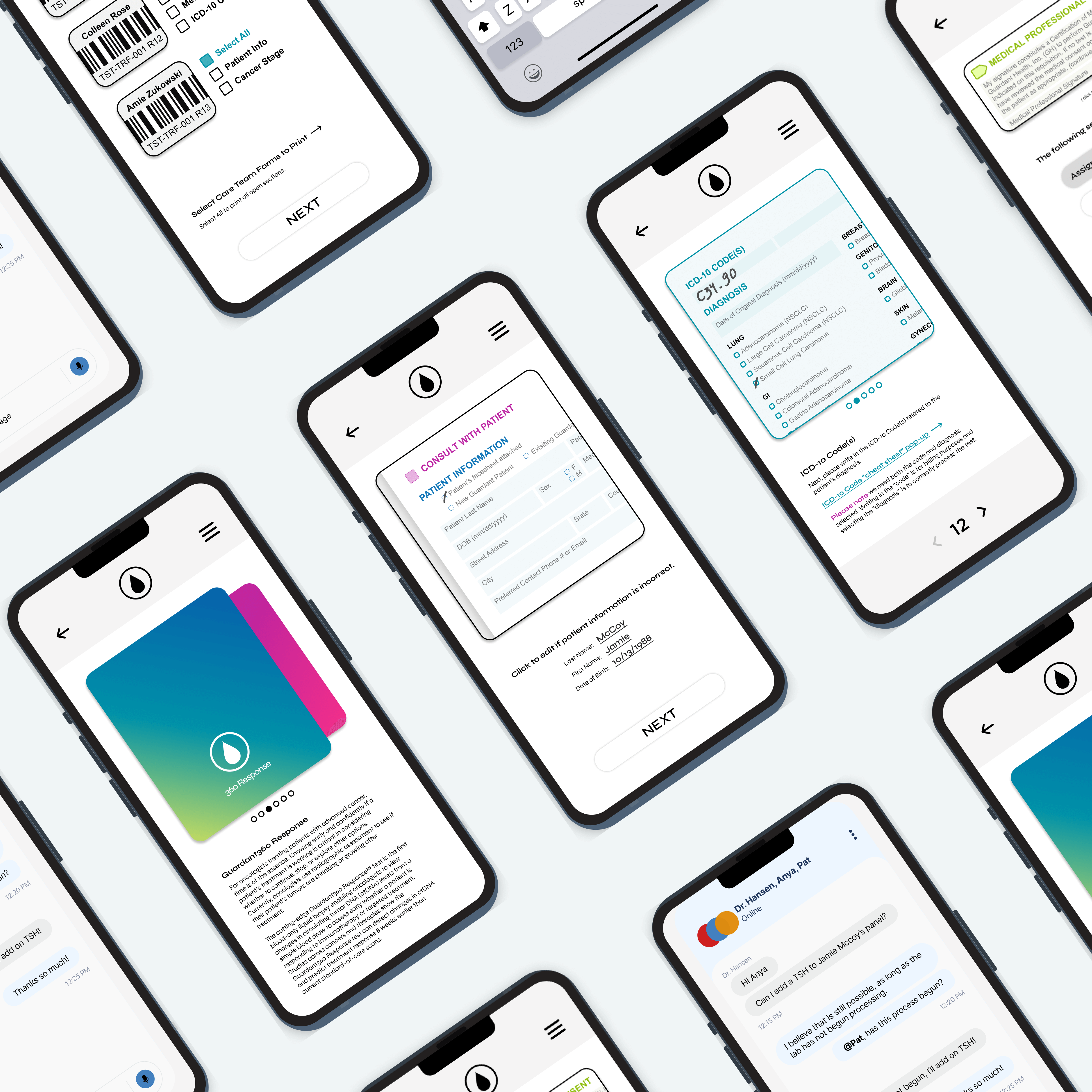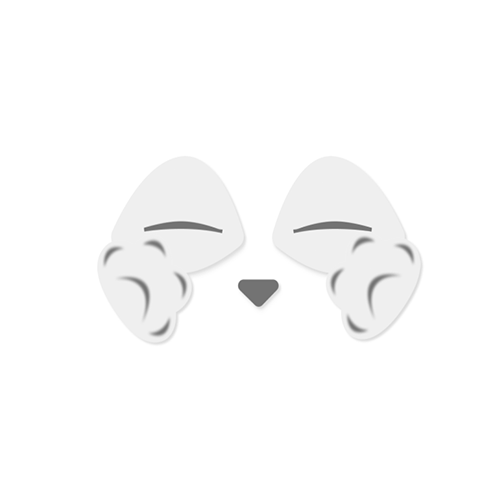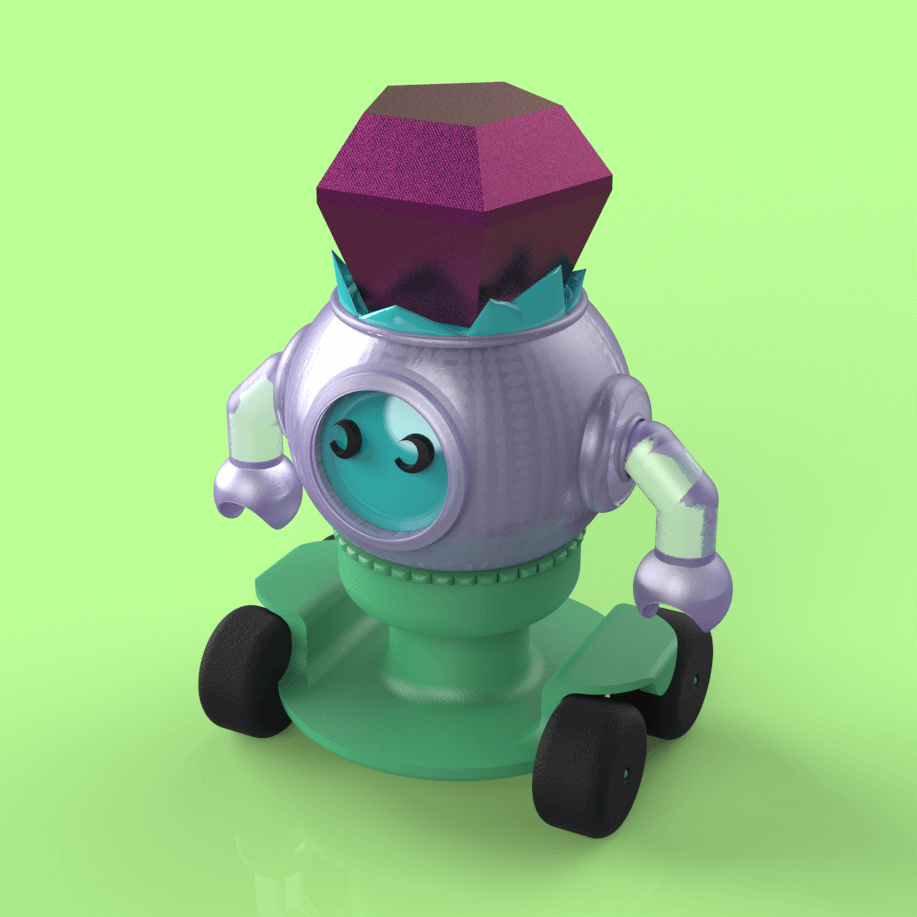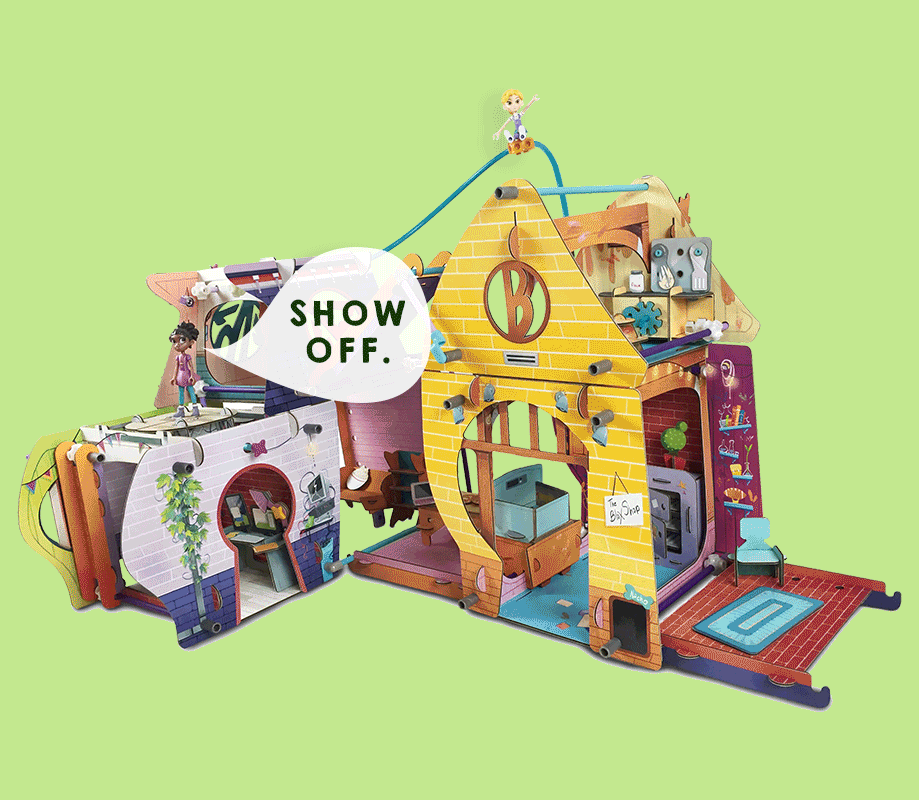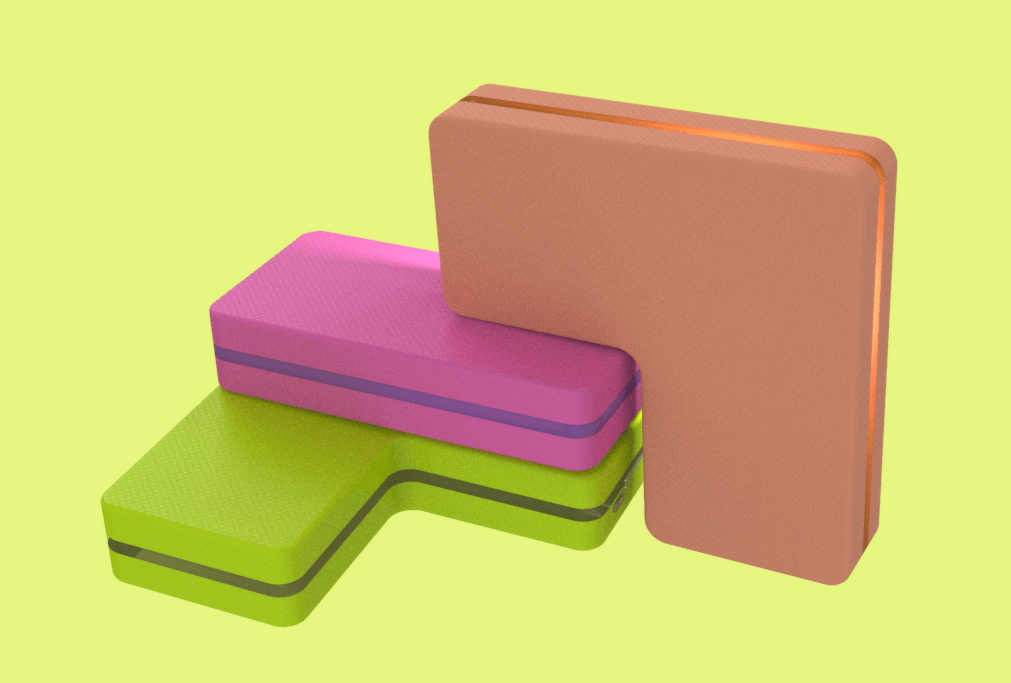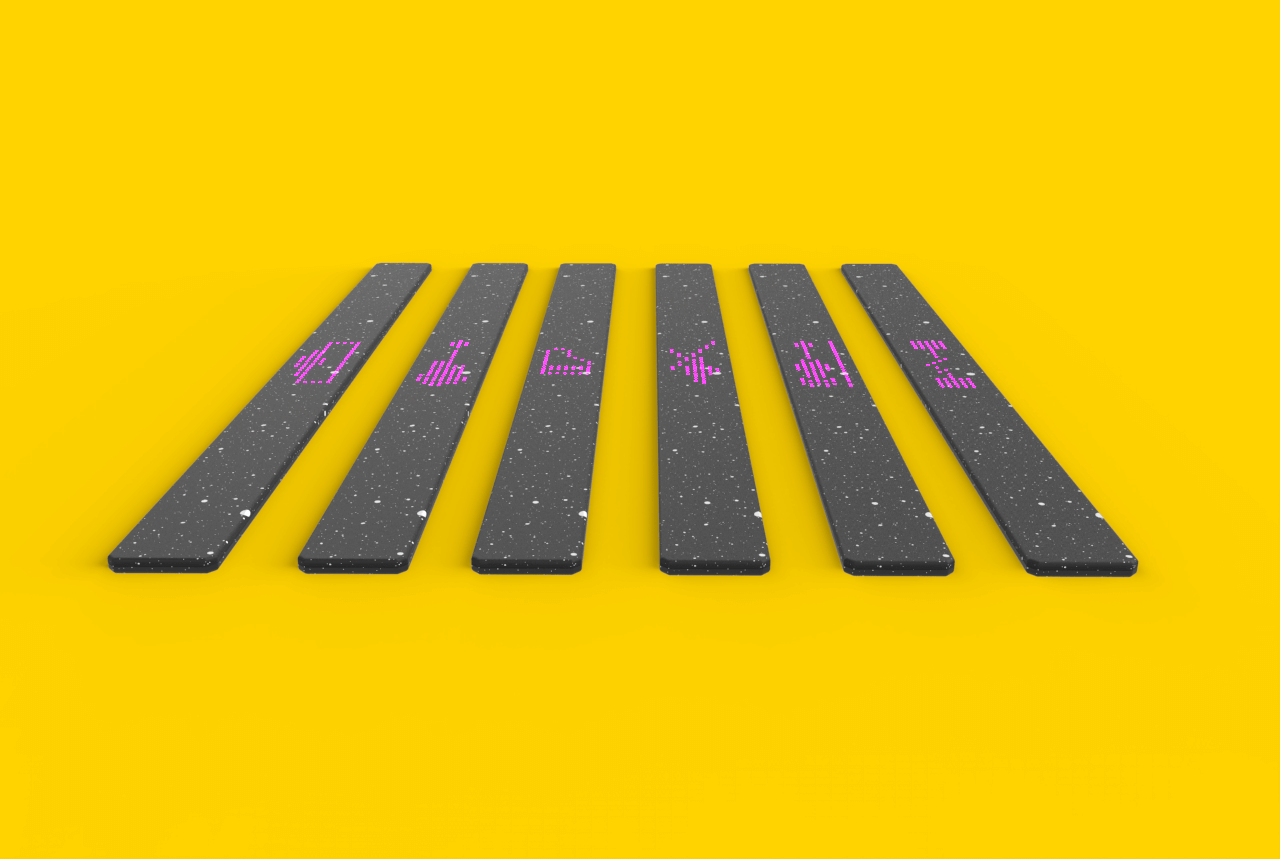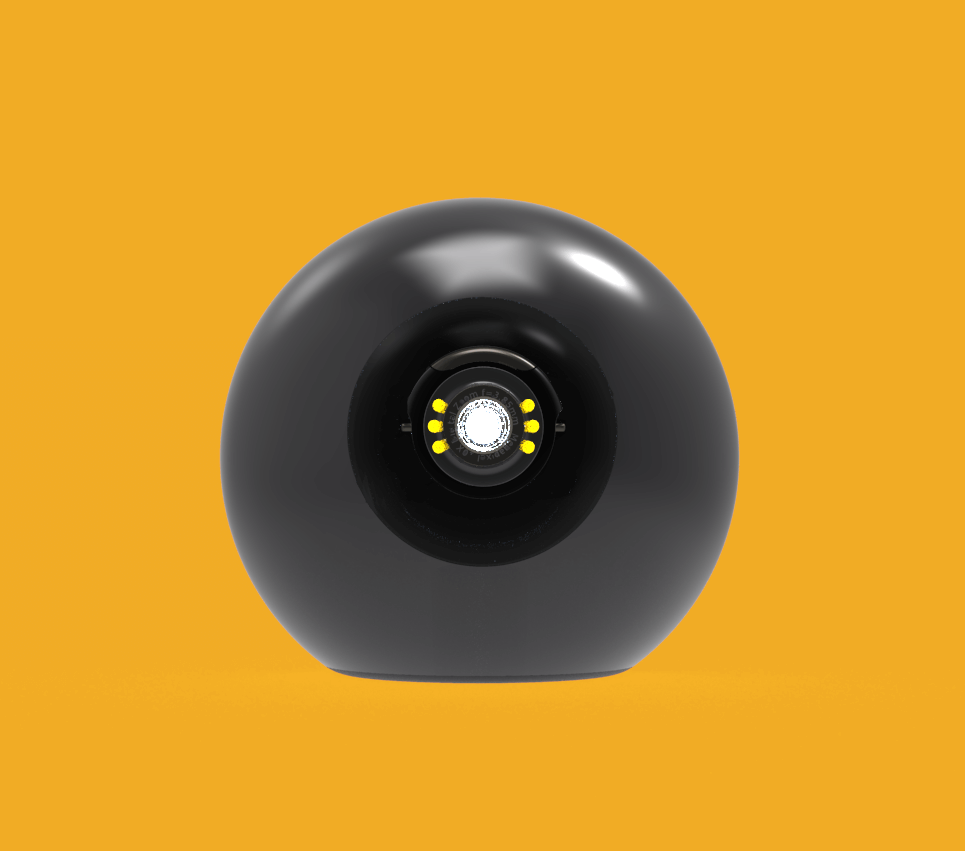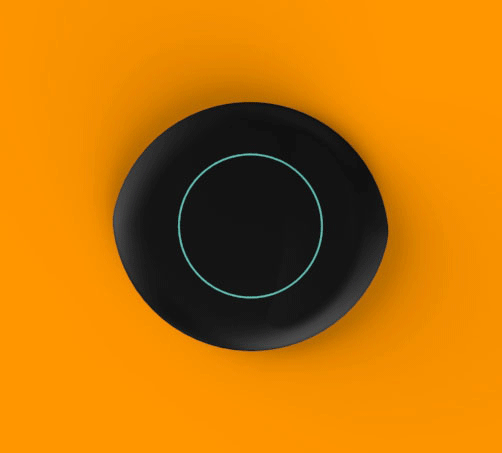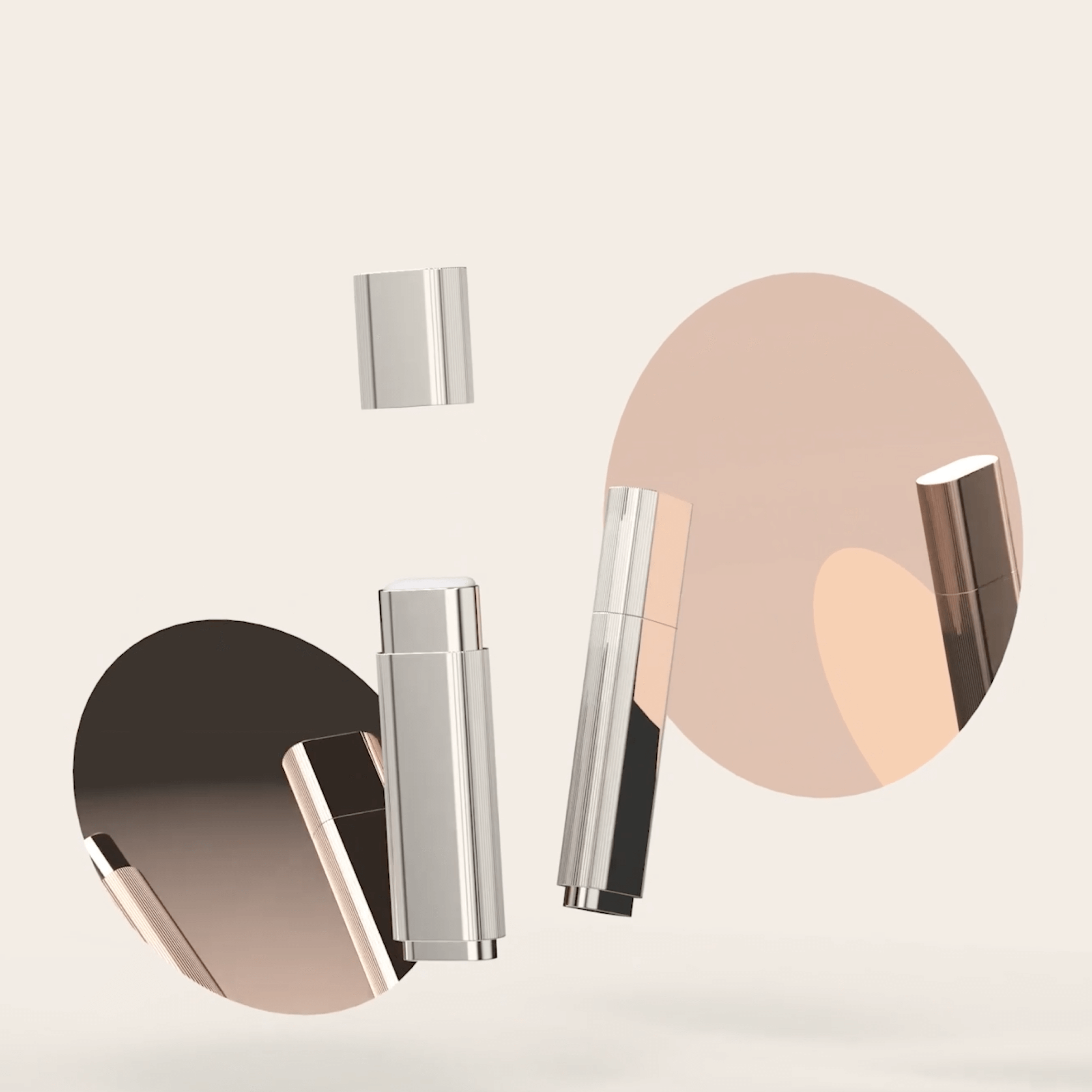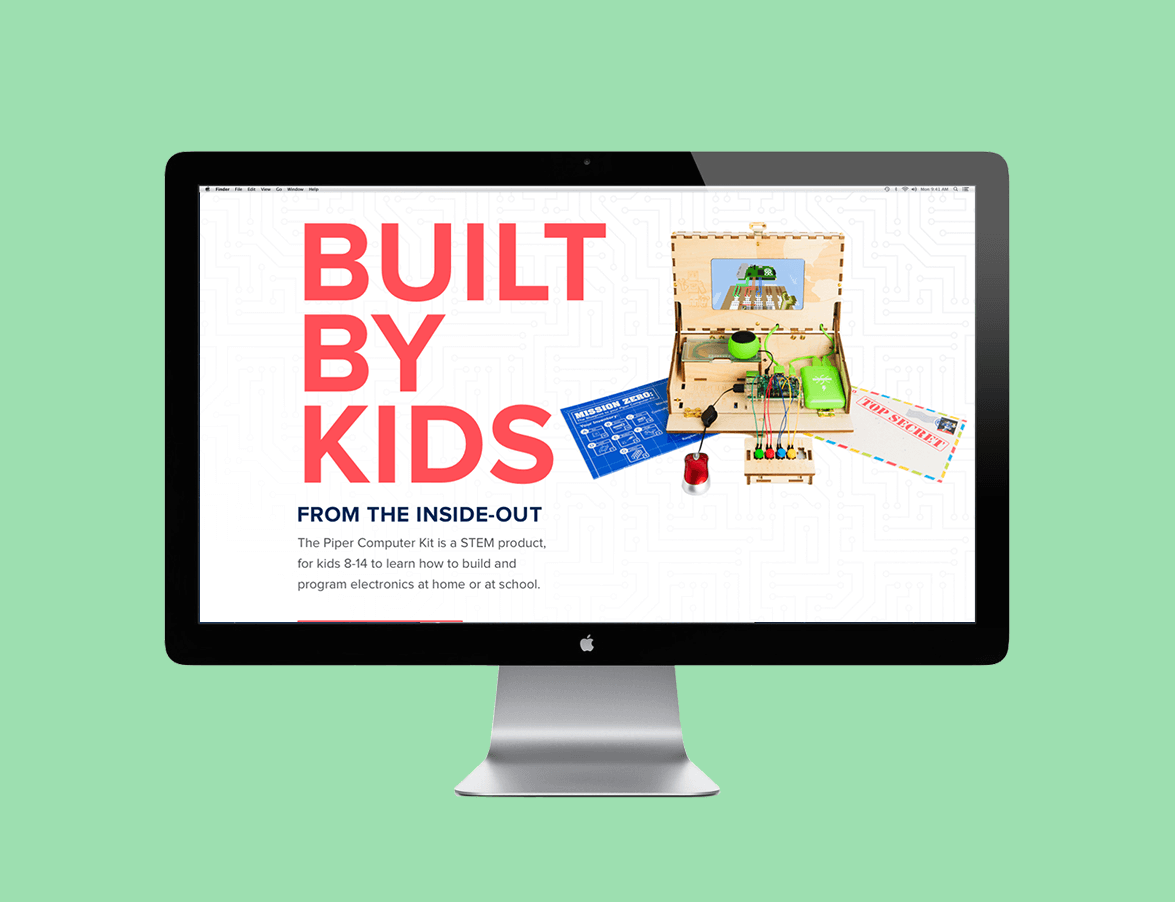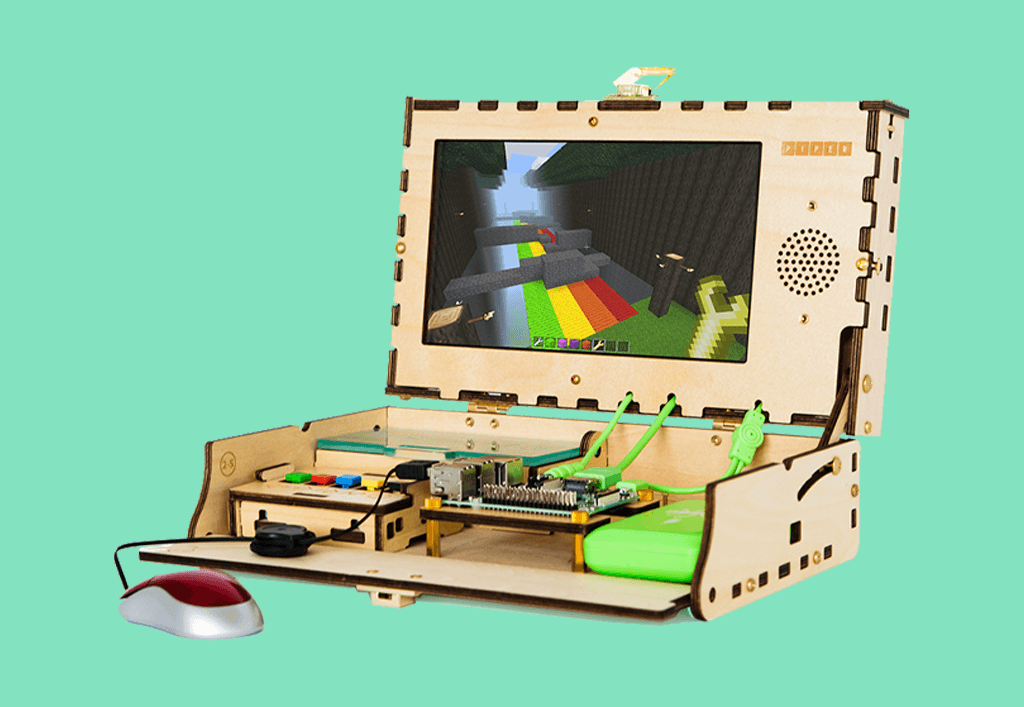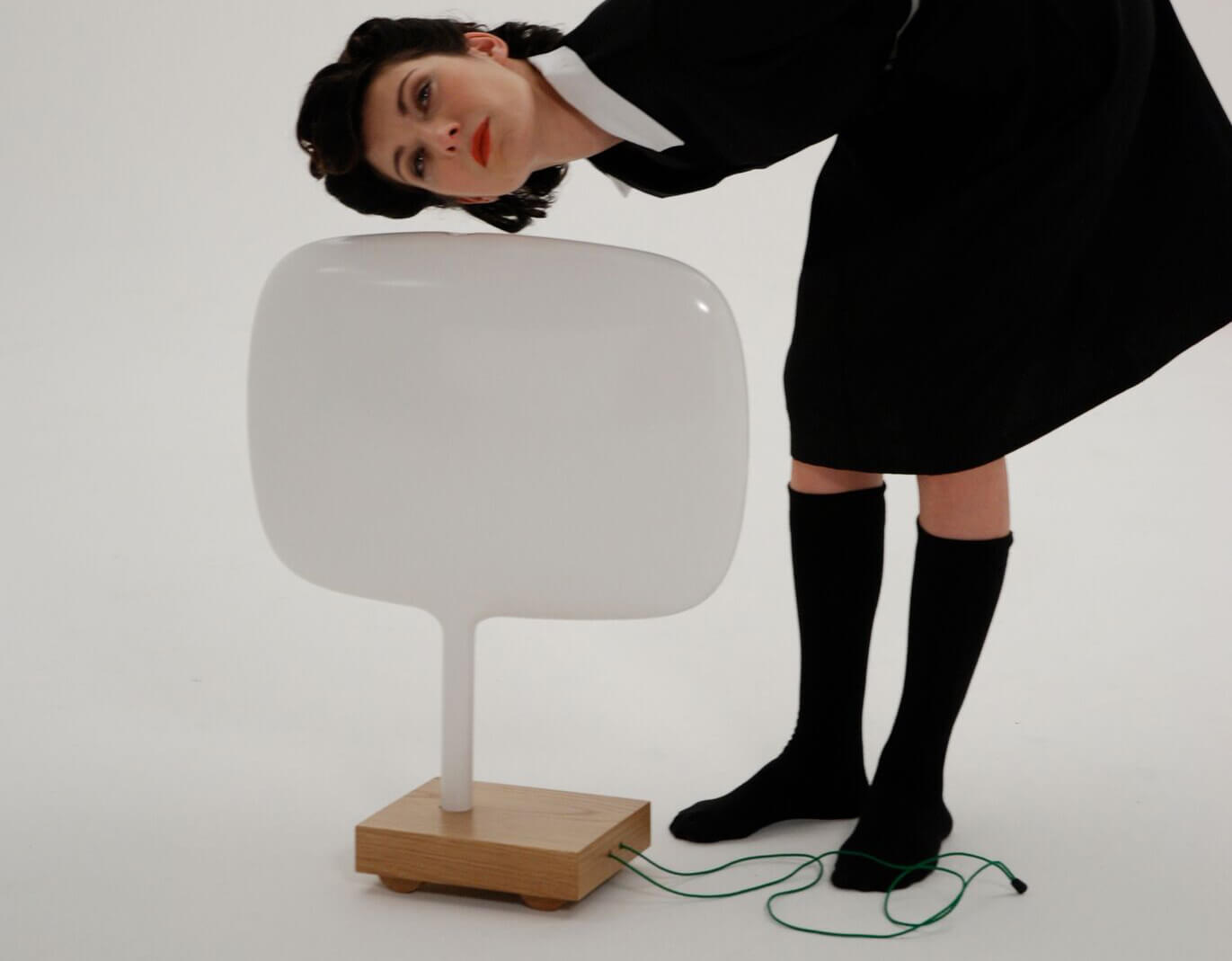
The Needy One. Design by Dunne & Raby.
A THESIS PRODUCT CONCEPT.
Today, parents use smart technology to track or watch children. Instead, what if smart tech became a tool for kids to use while navigating through their development? SandBlocks are emotionally aware but non manipulative building blocks that alert young toddlers when they conduct a positive & negative behavior during play. The alert system helps toddlers to intuitively be aware of their behavior and the reactions by those around them.
SANDBOXES.
Smart building blocks that alert toddlers of their behavior.





Exterior cover made from nickel patterned NBR or Nitrile rubber. Interior walls made from EVA foam protect the SBC & battery.
CONCEPT.
HARDWARE INTEGRATION.

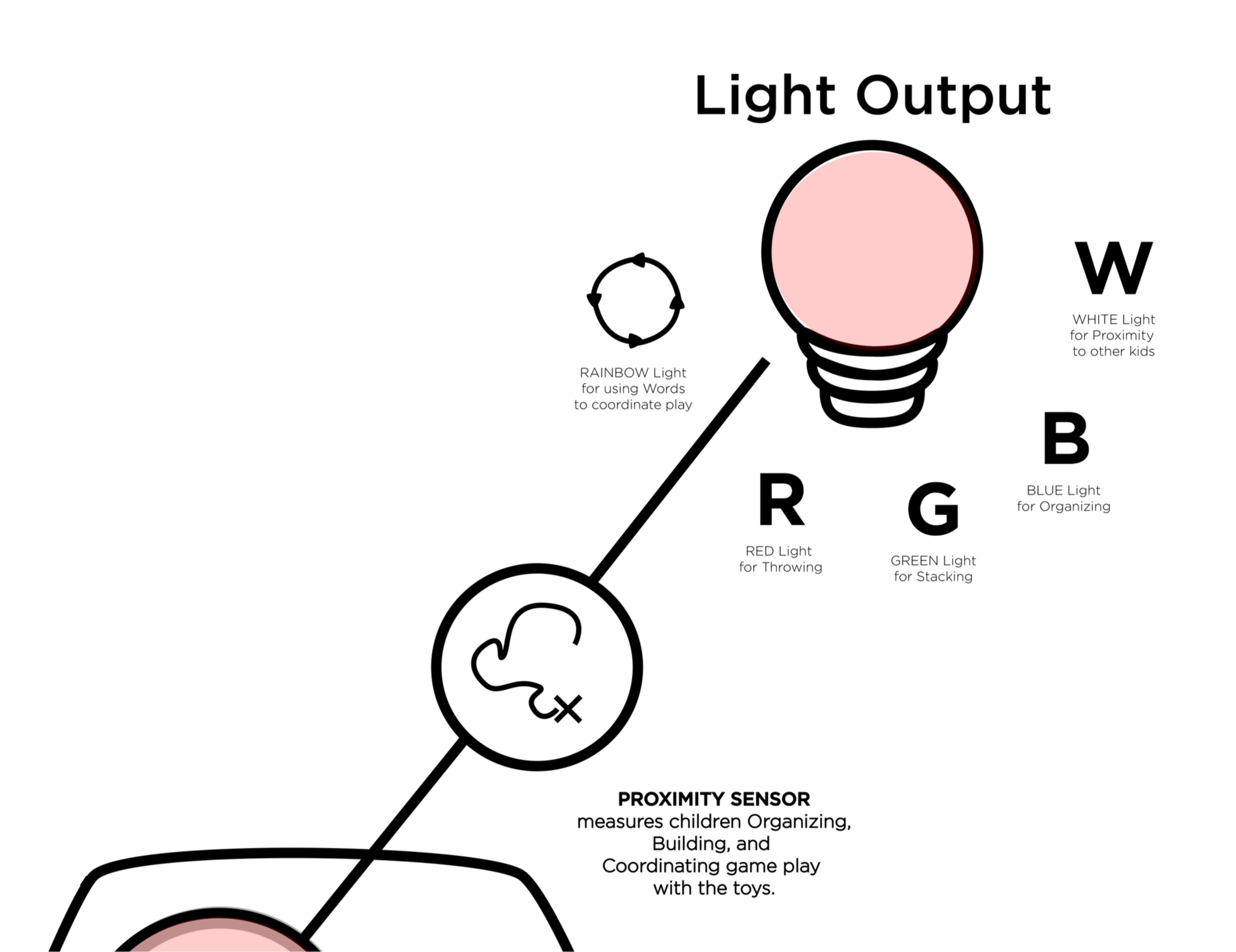

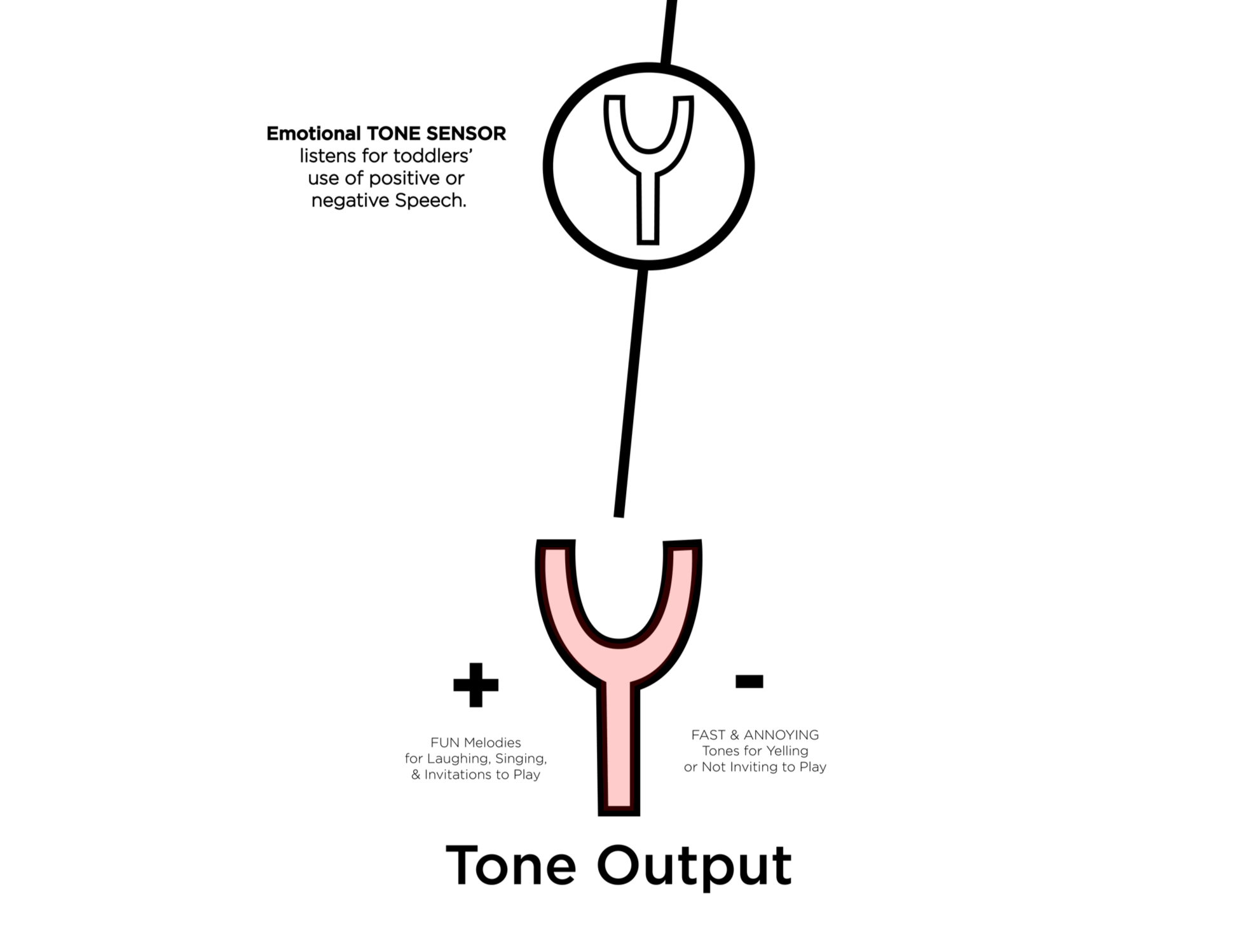

The electrical inputs, microphone & accelerometer, mimic emotional awareness while a proximity sensor creates the block’s awareness of itself. The hardware outputs represent the Sensory Vocabulary. A heat-pad & vibration motor reinforces touch, a tone buzzer reinforces hearing, & a RGB LED reinforces sight.
SOFTWARE DESIGN.

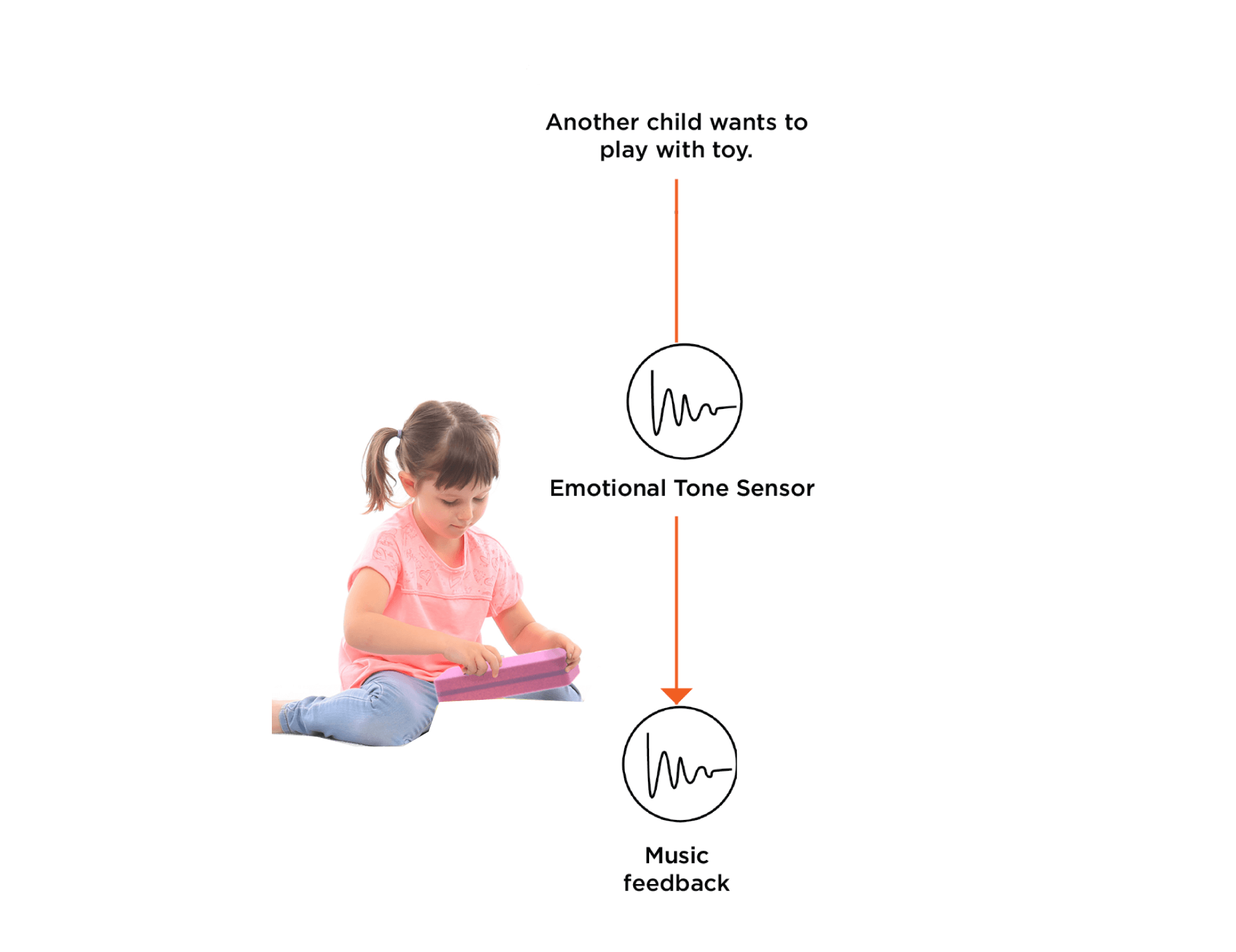
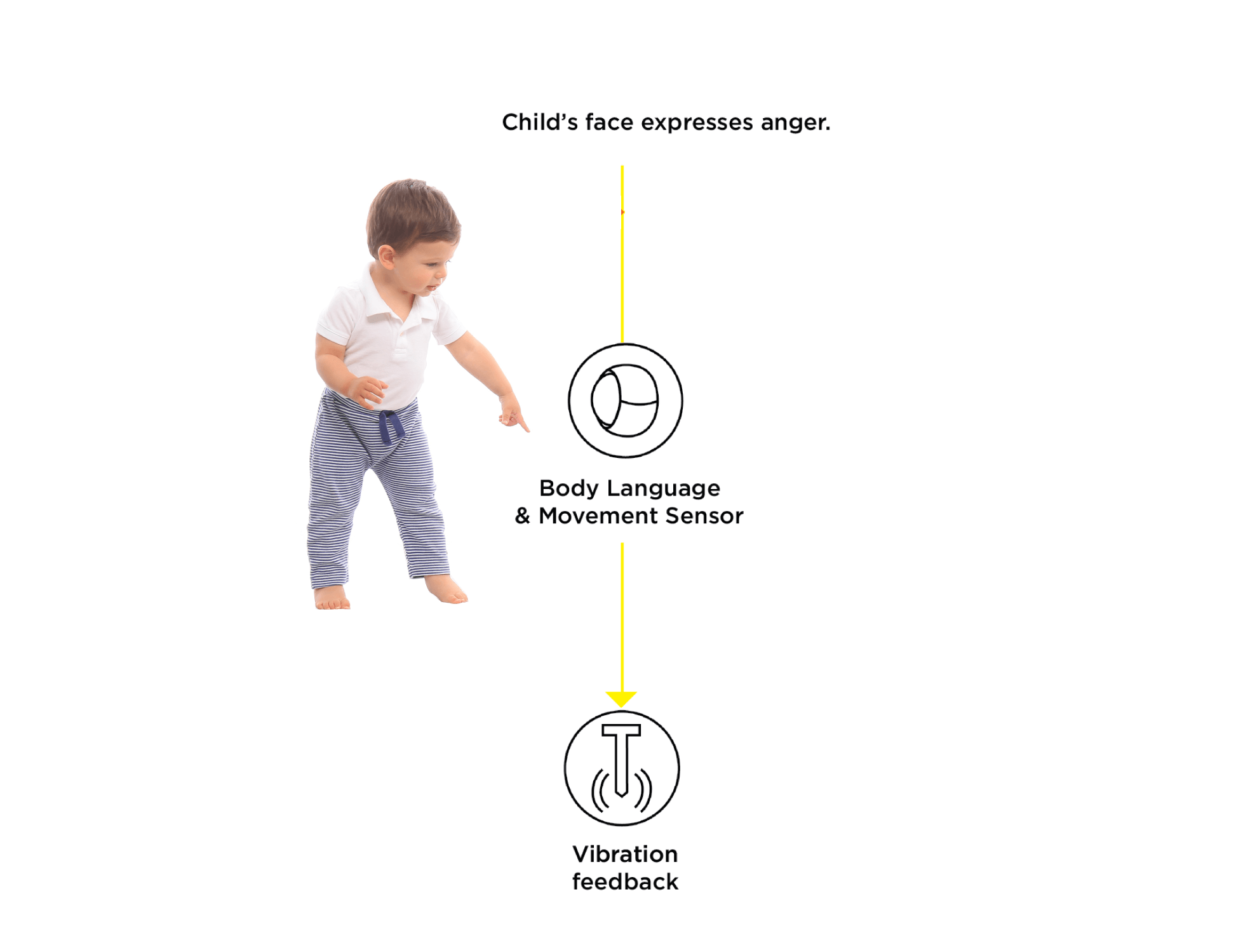

Integrated sensors measure the emotional reactions of the user's interaction with the blocks while affective computing scripts interpret the results. The emotional intelligence of the building blocks is run by personality scripts that execute the digital language of sensory feedback. This sensory vocabulary teaches toddlers to become aware of the cause & effect any interaction with others will create.
PROCESS.
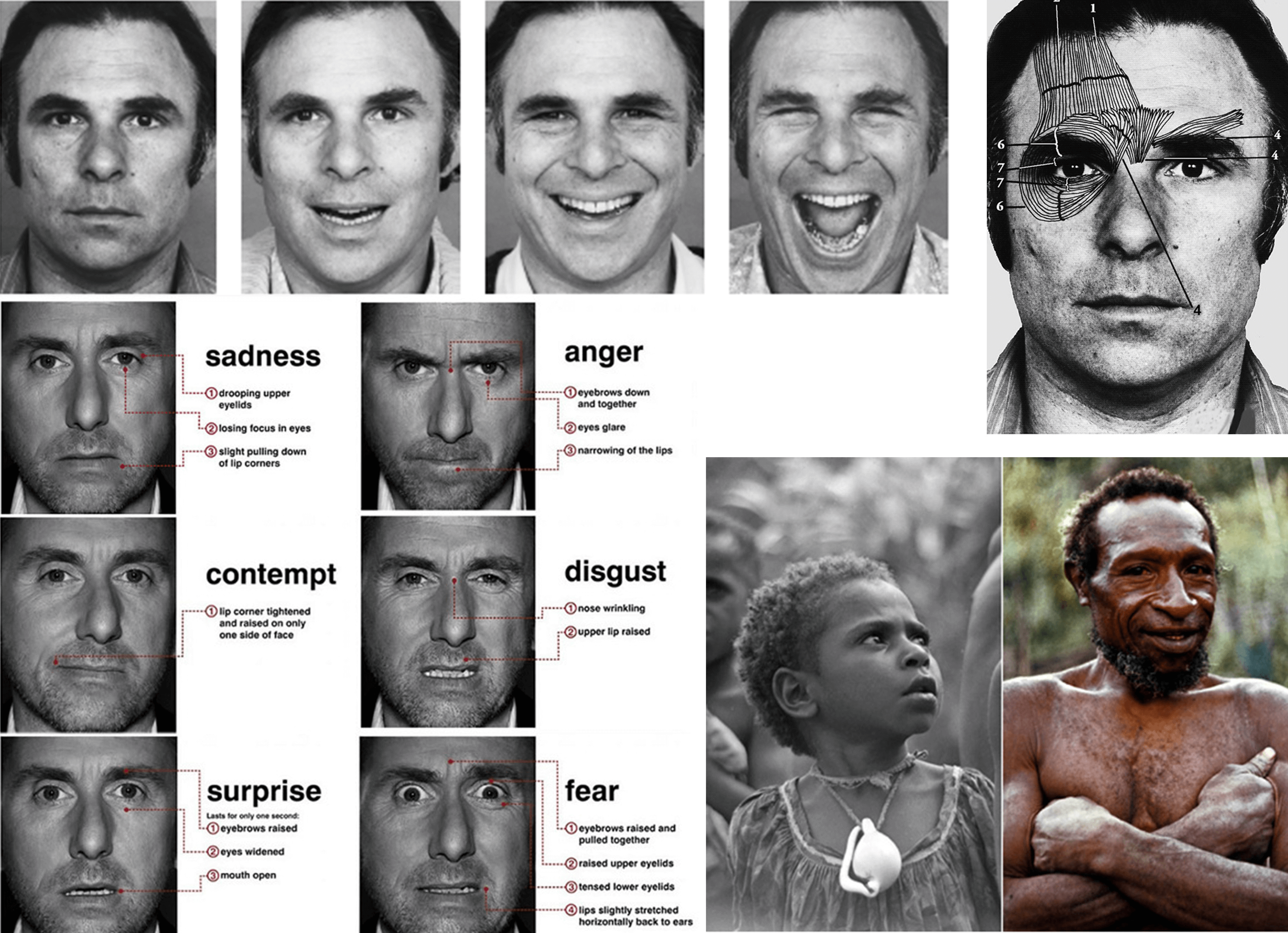
THEORY.
This product concept began with the question, what is an authentic language for AI? Observing people using Siri or Alexa, there was a lack of trust in just voice conversations. So I began to explore nonverbal forms of communication like Paul Elkman’s Facial Action Code which is a nonverbal body communication. I discovered if I mimic human sensations through digital cues, authentic conversations emerged between machines and humans.
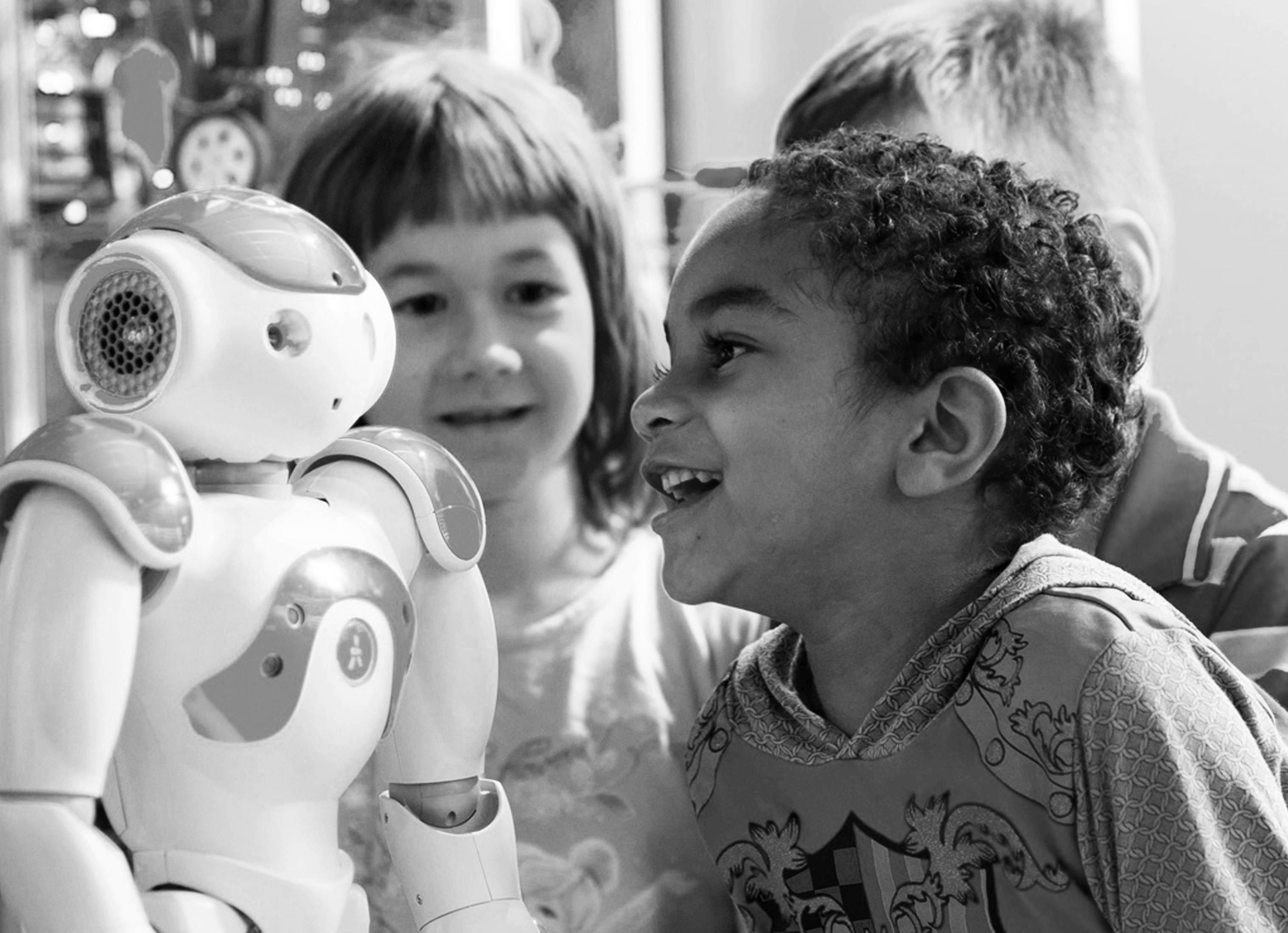
PRODUCT DEFINITION.
Next I asked who is the right audience to develop with this theory? Scientific studies show that most adults are not aware of the subtle ways human communicate. So I asked myself what if I designed a toy that aided children in their cognitive development. According to Alison Gopnik, the growing child’s mind constantly absorbs and deconstructs the world around them. They form a series of hypotheses of rules of order and slowly rule out the false probabilities. That is why they touch, they listen, and they observe how things react.
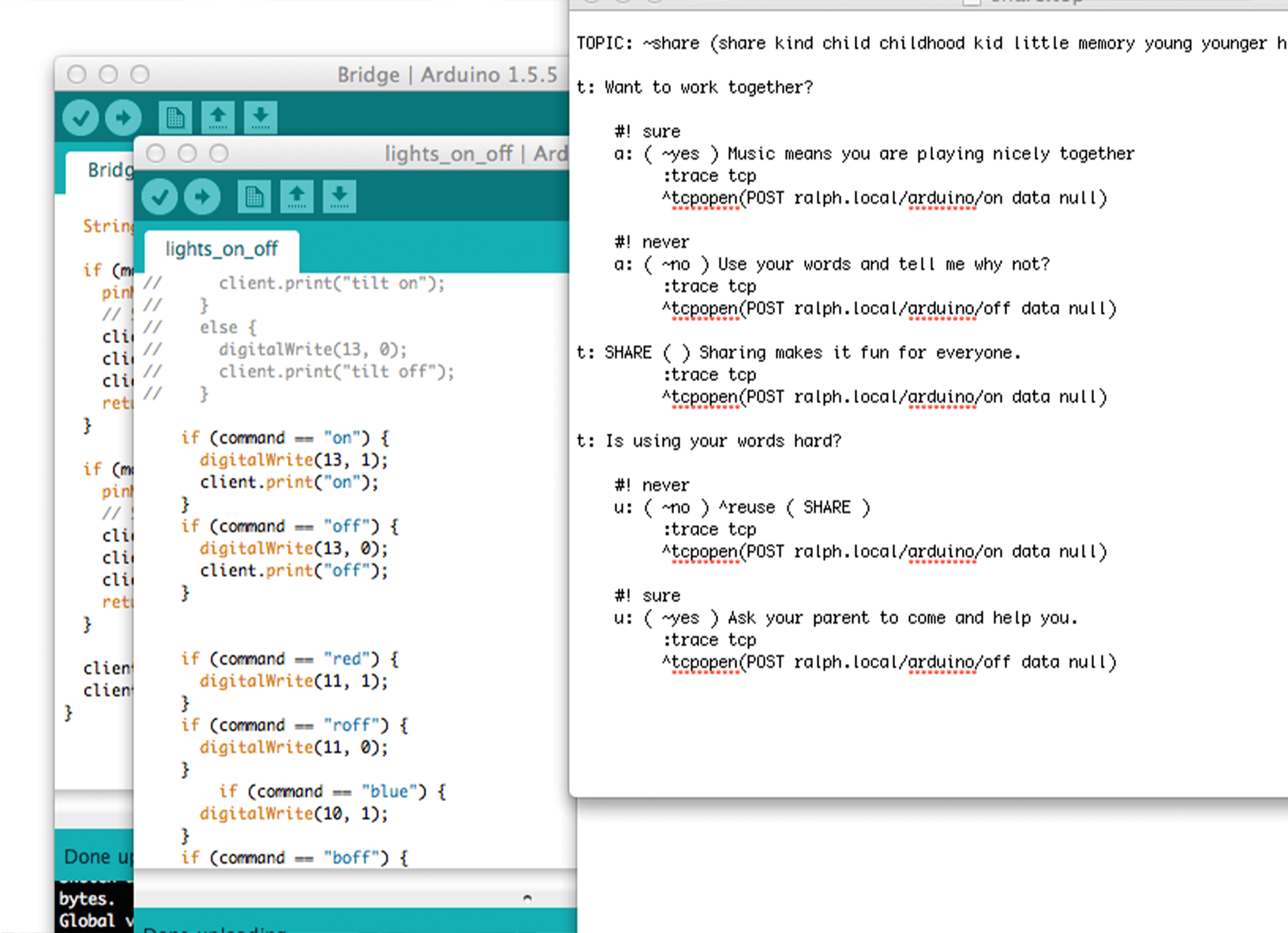
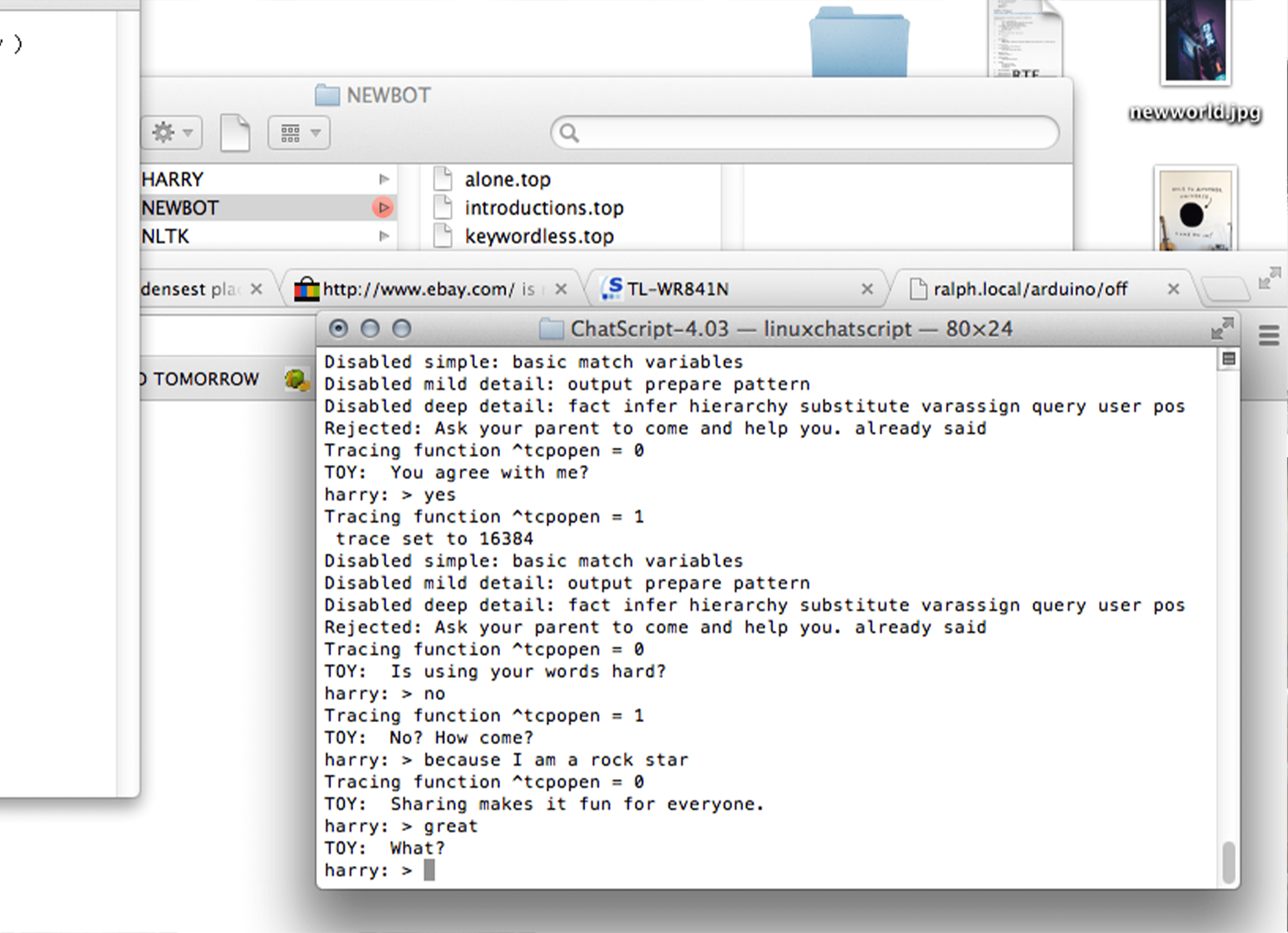
EVALUATION.
I built sensory feedback stations to determine what is the right vocabulary to mimic those sensations, experimenting with different inputs and outputs. The communicator trusted the interaction with more subtle cues. So the library became a subconscious alarm offering observational alerts rather than insights. Kids can ask why am I feeling this sensation, what does it remind me of, and how do I apply this awareness?
DESIGN PRINCIPLES.
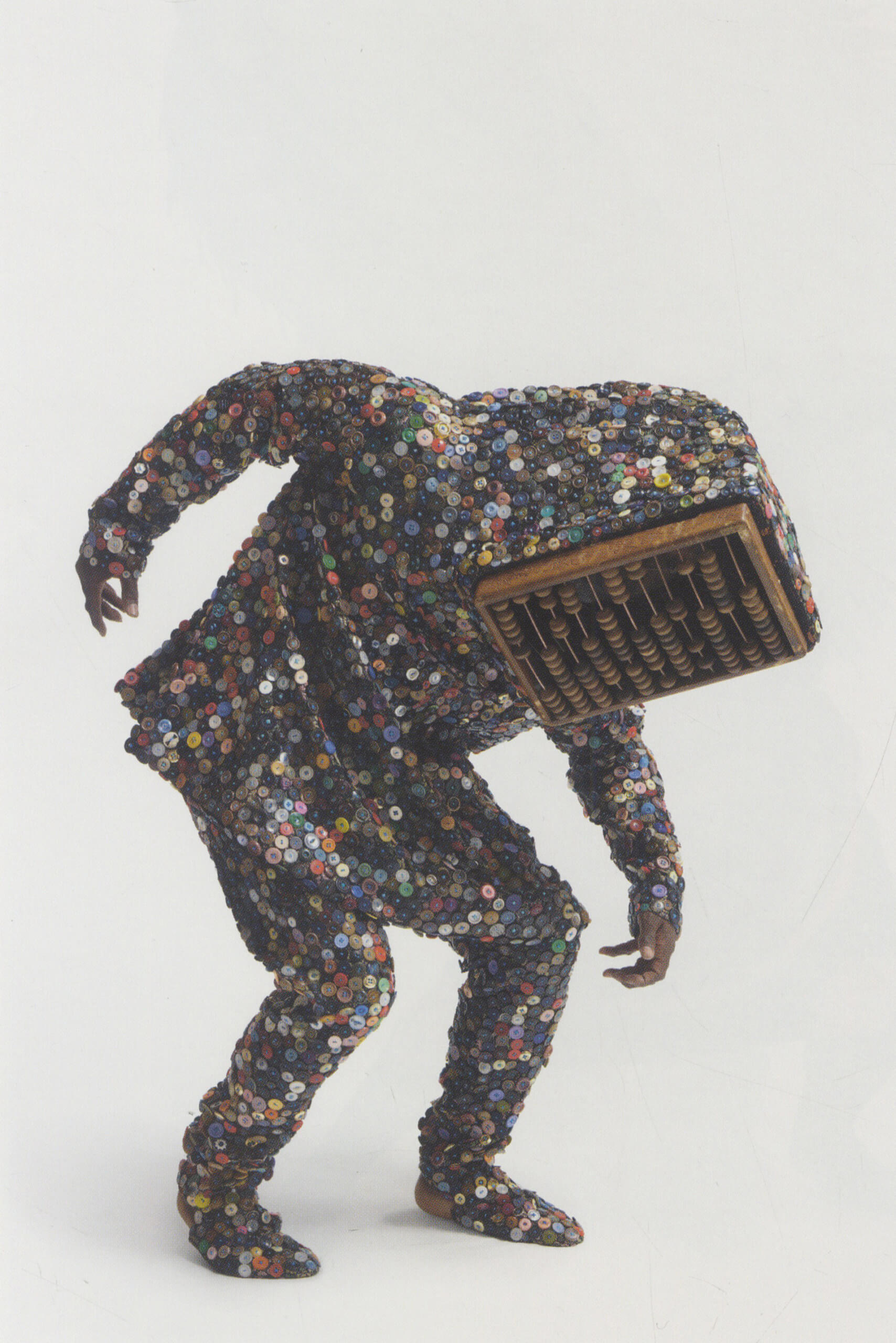
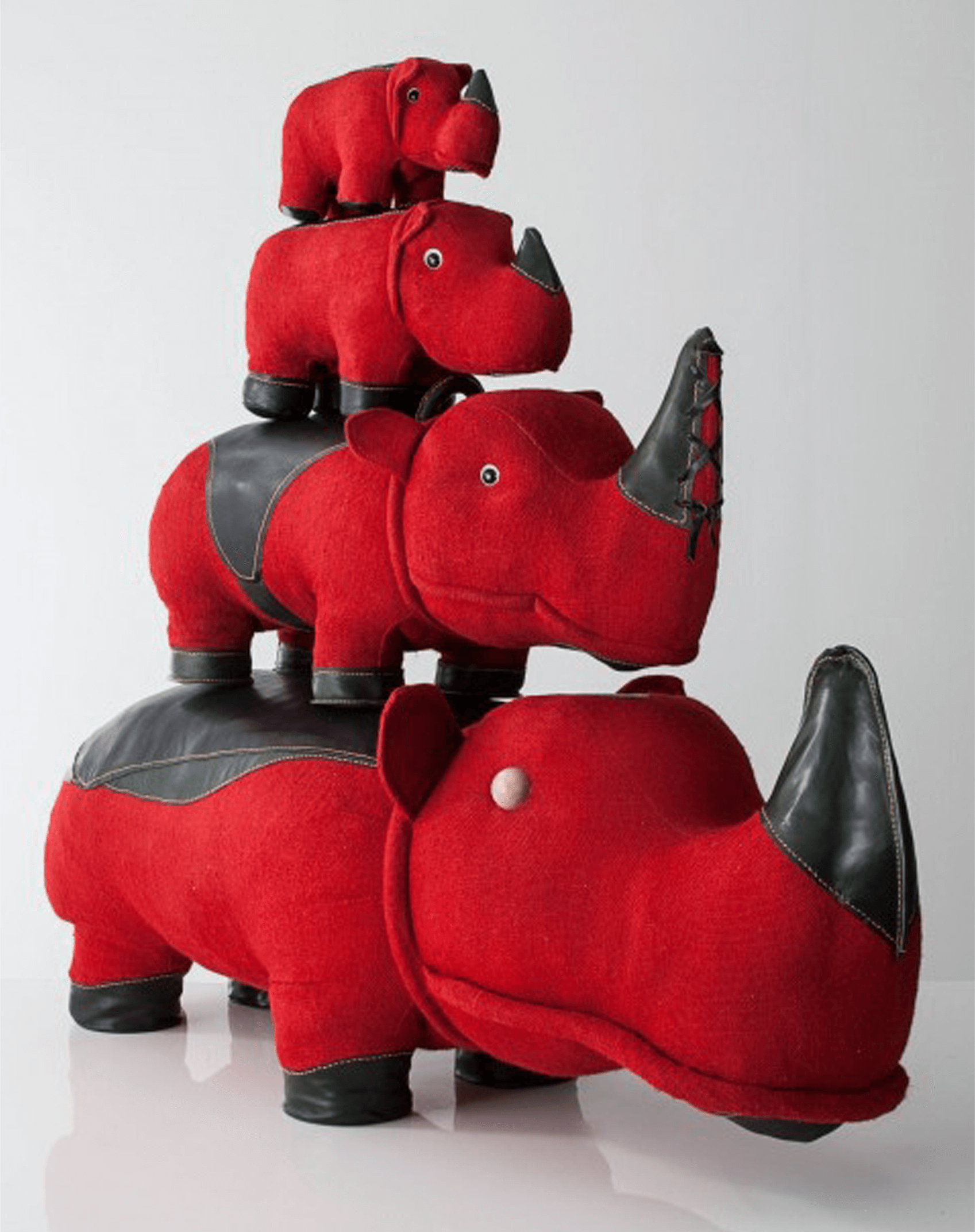
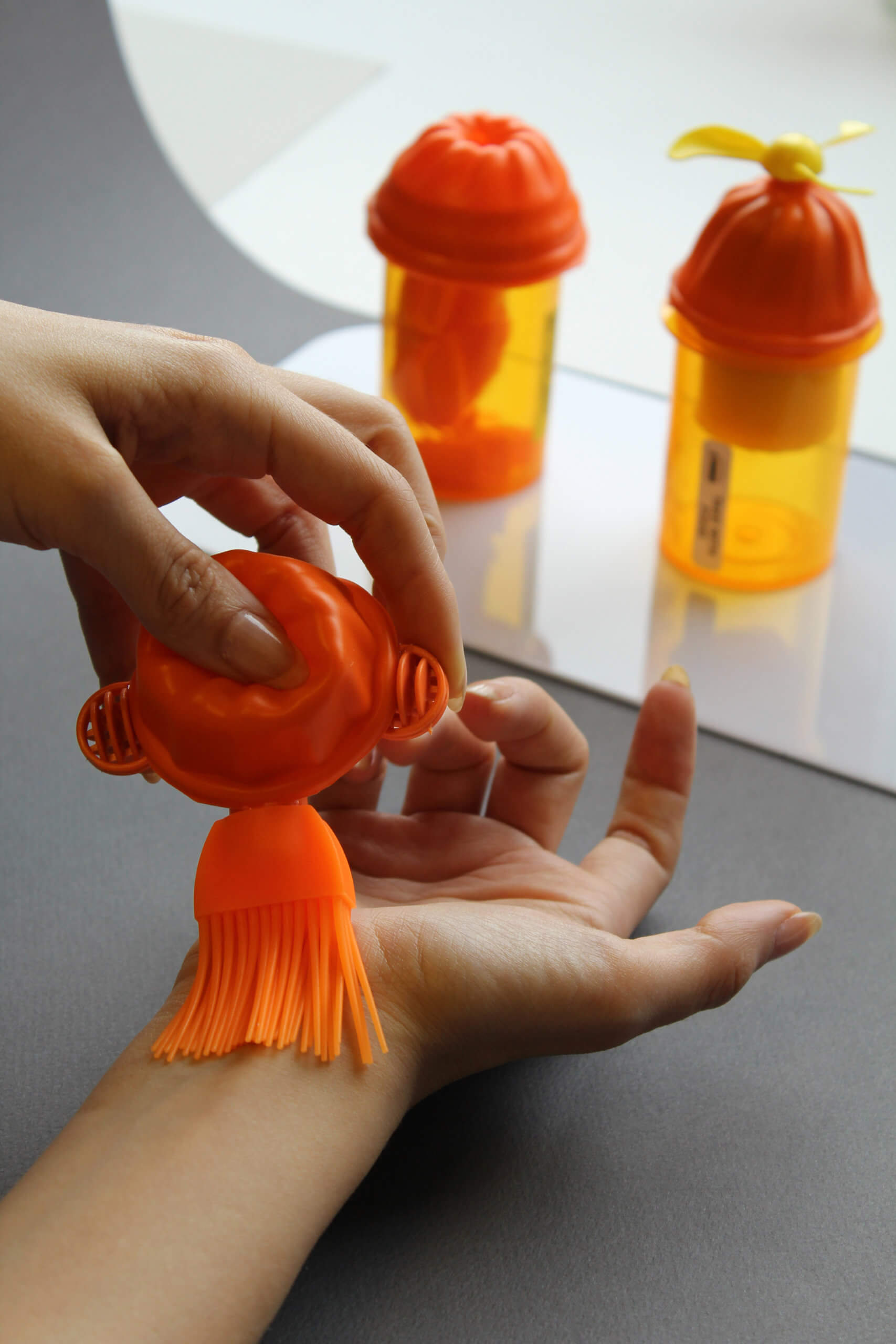
AUTHENTIC PLAY. Design by Renat Muller
INTUITIVE TOOL. Design by Nick Cave.
NO HARM TOOL. Design by Tatiana Toutikian.
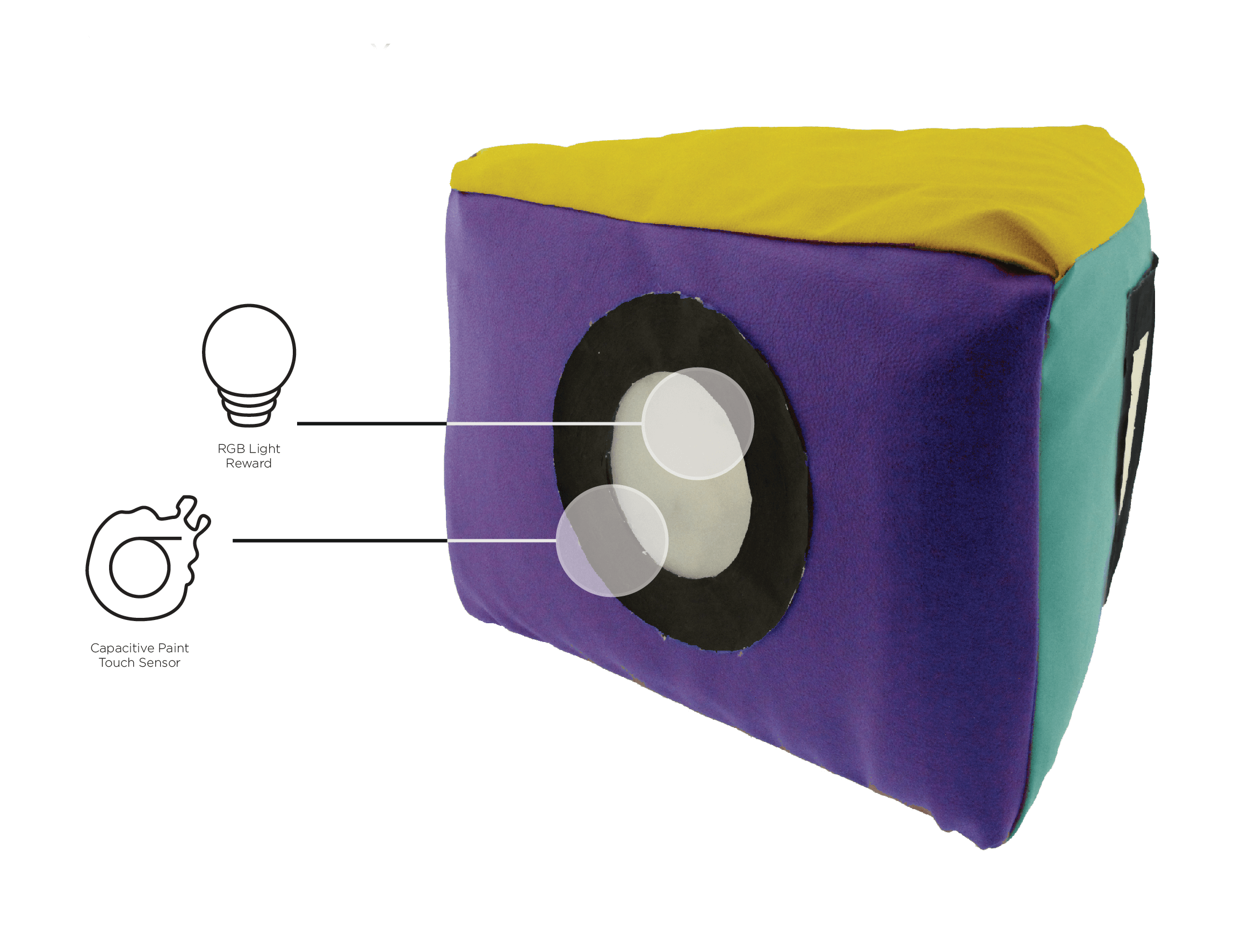

SERIES 01: FURNITURE BOXES.
With a digital language of sensory feedback in place, I began to experiment with form factor. I built furniture boxes to encourage full body interaction with the object and the space around it. The toddlers interacted with the sensory outputs. However, the form factor was not abstract enough to remove preconceived notions of the object’s function.
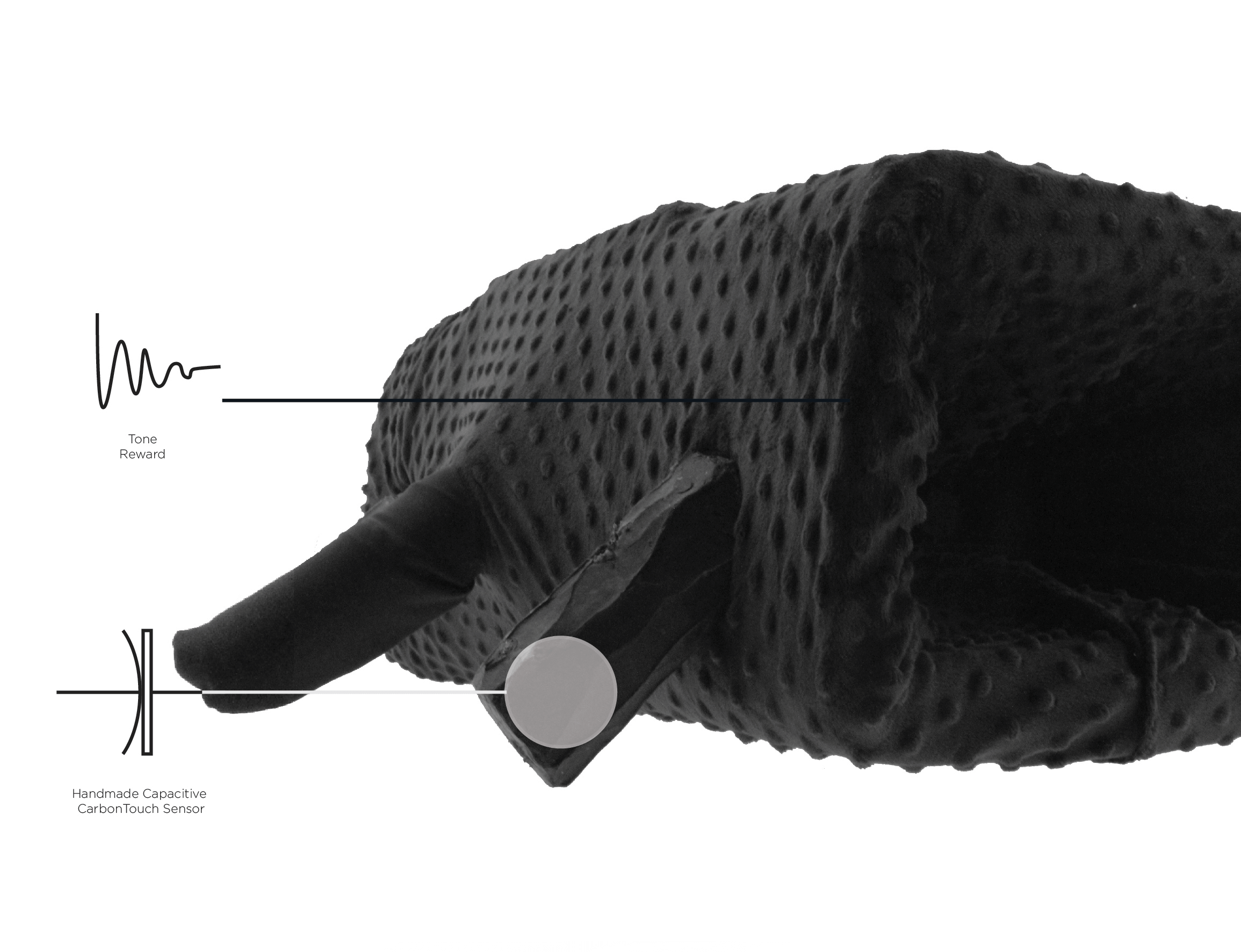
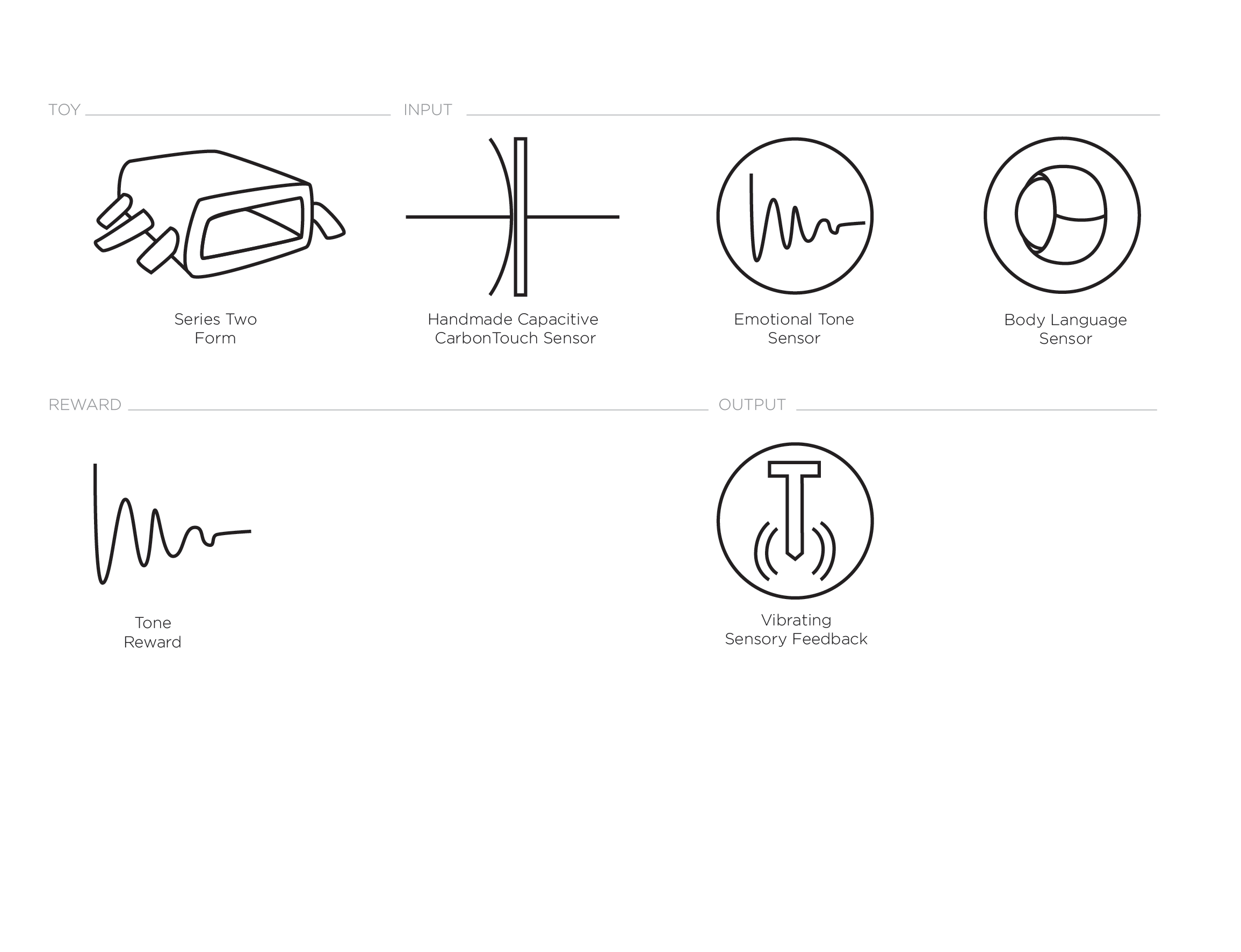
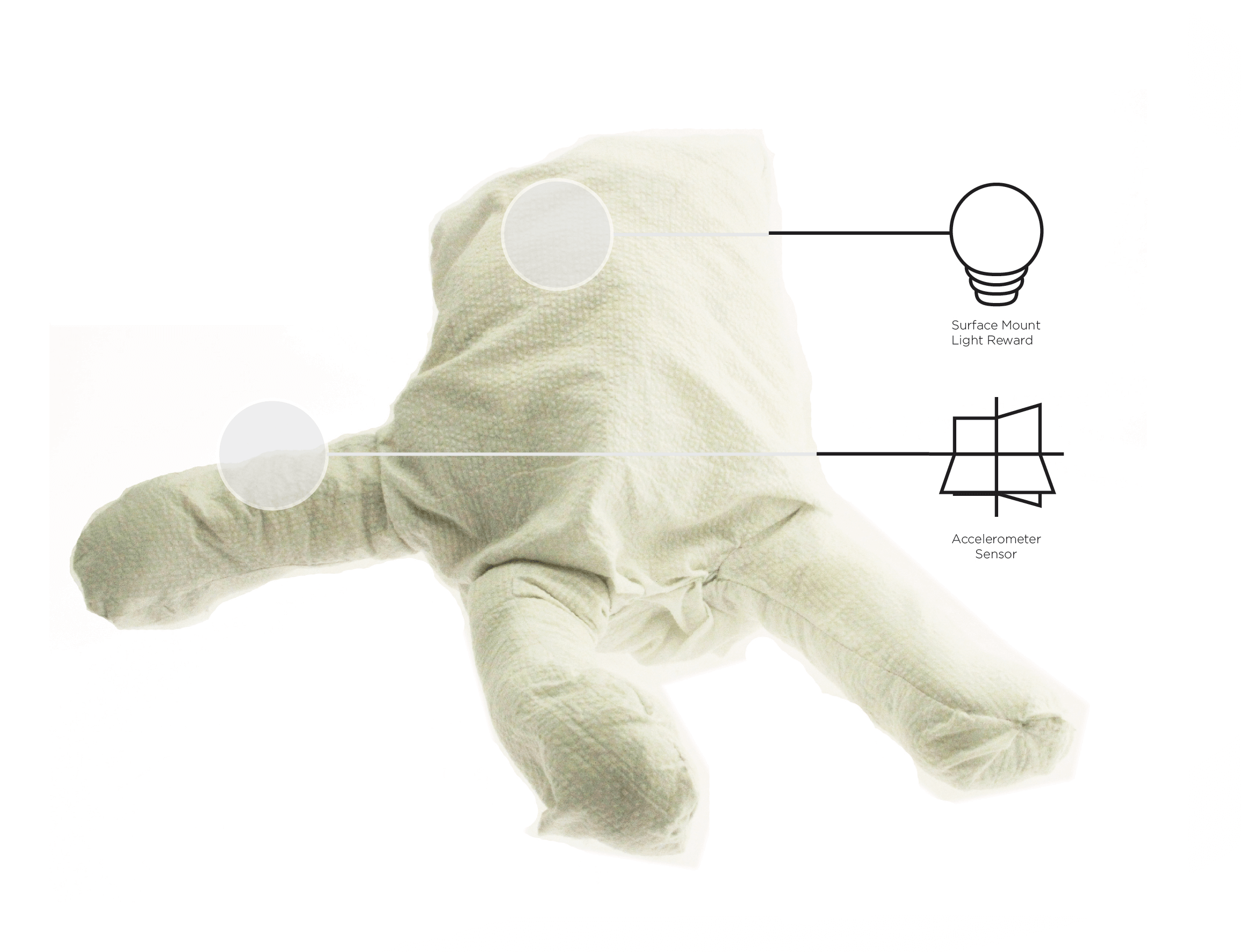
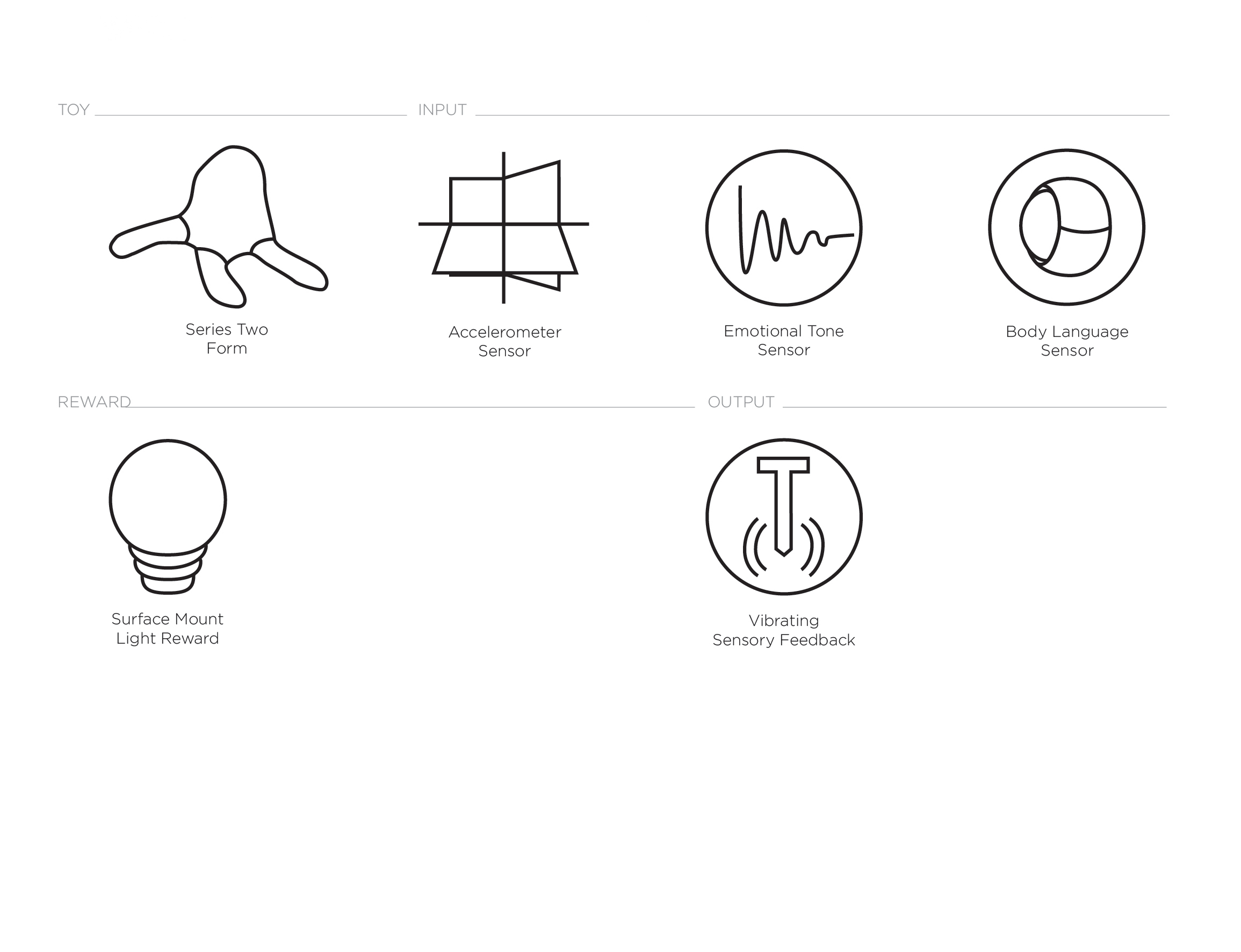
SERIES 02: PUPPET BOXES.
Next I explored anthropomorphic forms to encourage role play. The toddlers were able to easily bond with the object and stay engaged. However, the form factor limited interaction with other children, alerting them less of the sensory social cues.

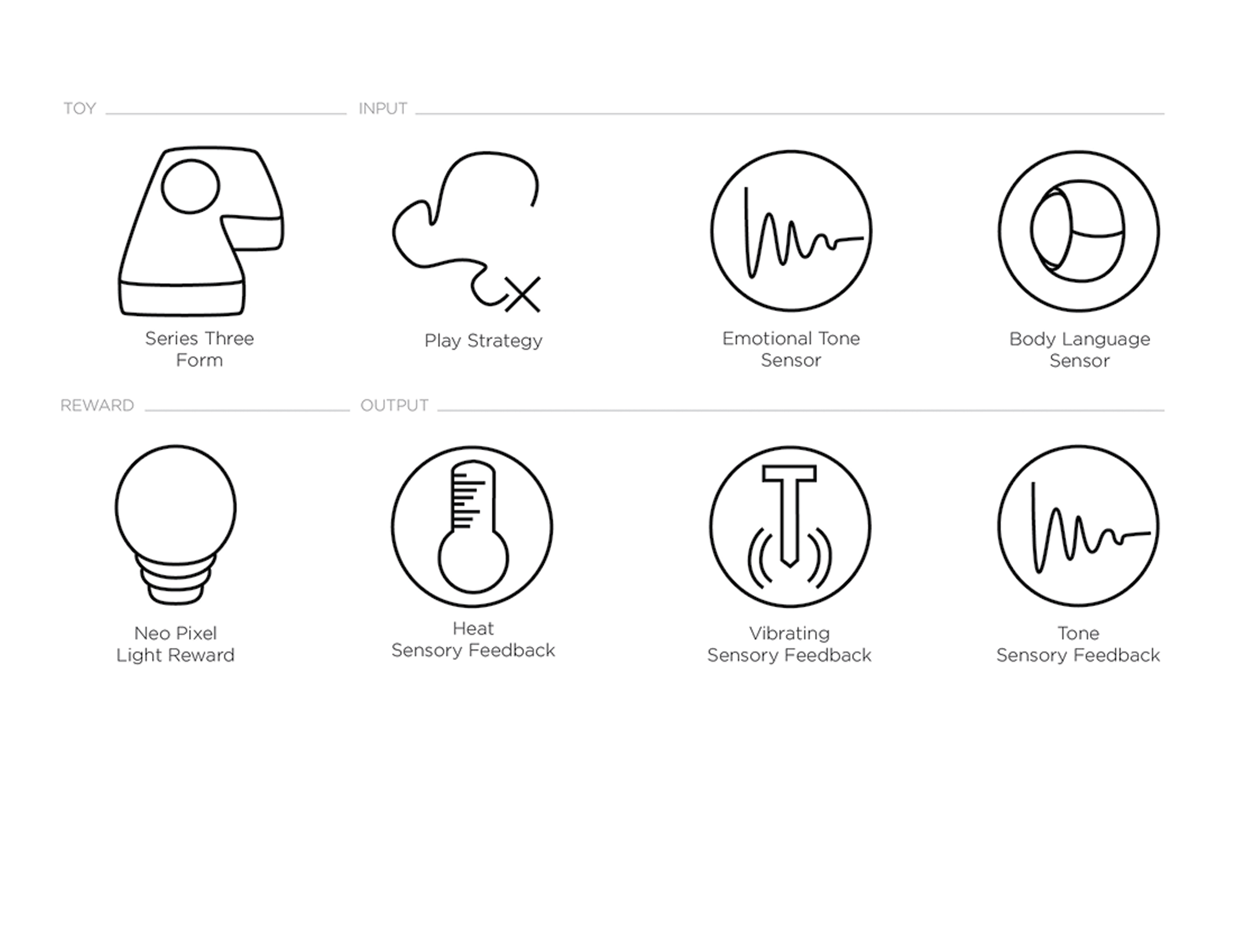
SERIES 03: SANDBOXES.
Next I created instructional free objects that encouraged cooperative play. The simplicity of building blocks encourage collaborative engagement and stripped identity. When they learned that the sensory cues were not from building rewards, but from their social engagement, they continued to build to discover more reactions. This form provided an environment where children can experience real-life consequences and work together to resolve the impact.
FINAL FORM.
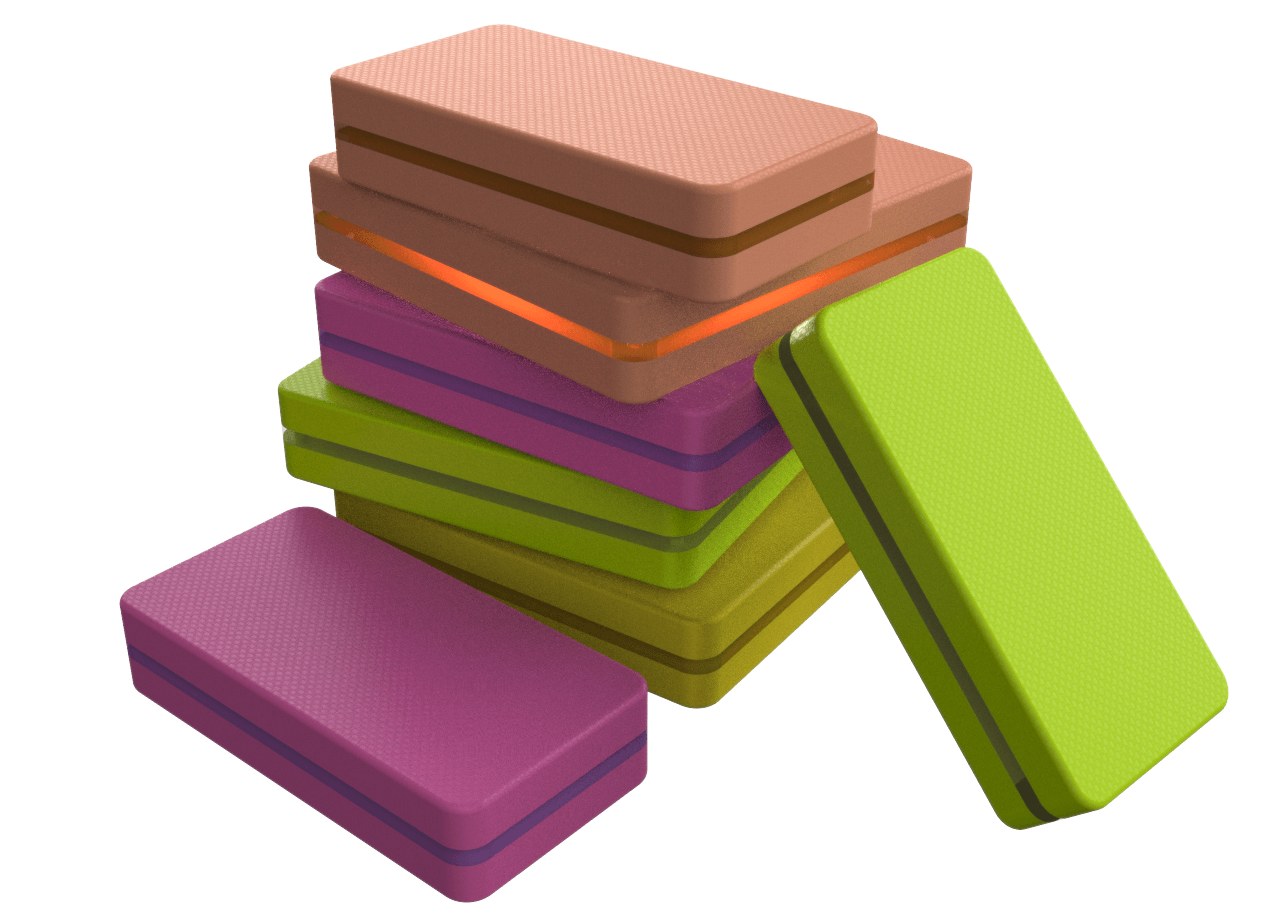
Reducing the size of the blocks permit easy stacking, structural building, and arrangement of color. I replaced the soft exterior with an easy to grip rubber surface.
SKETCH MODELS.
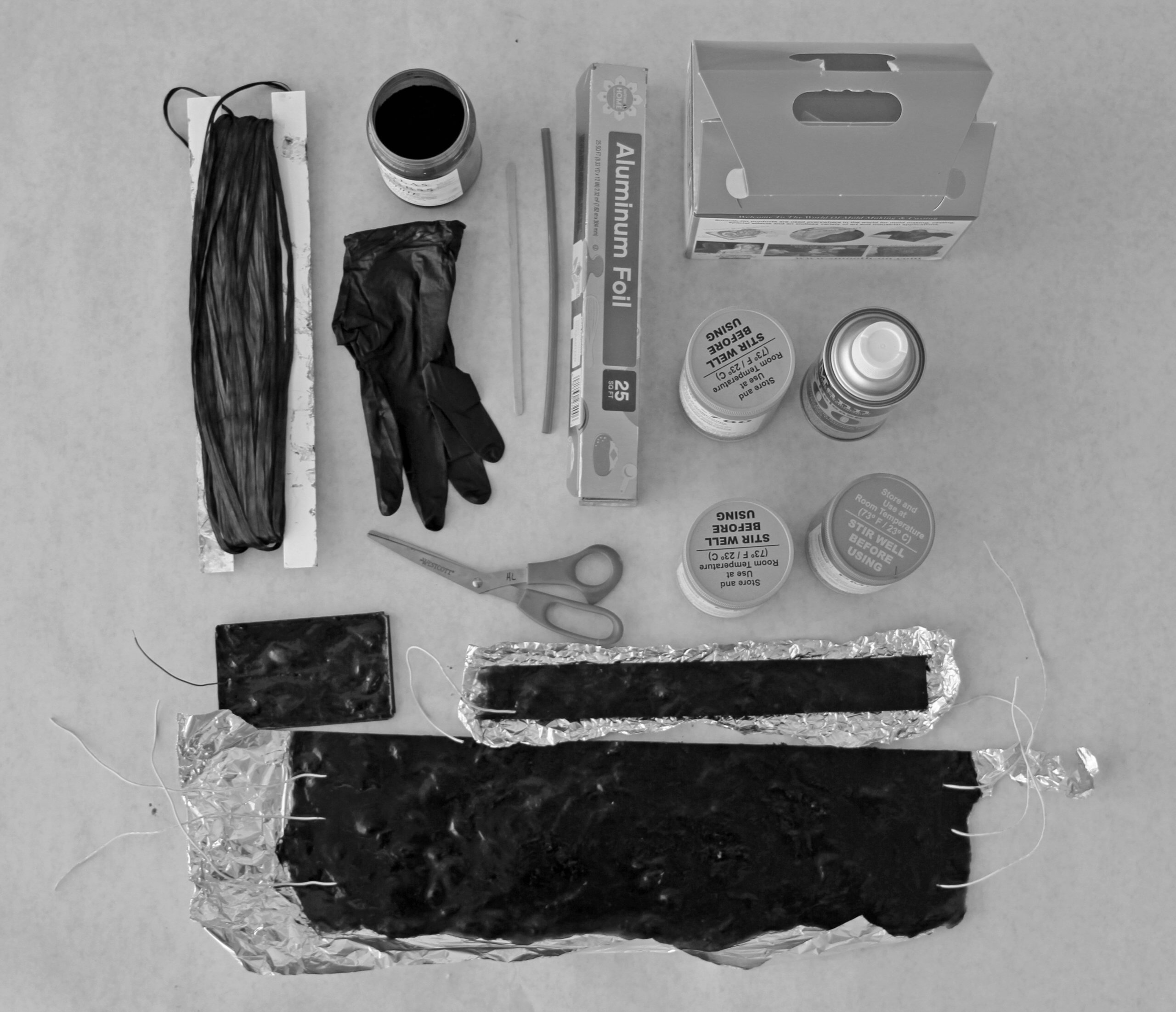
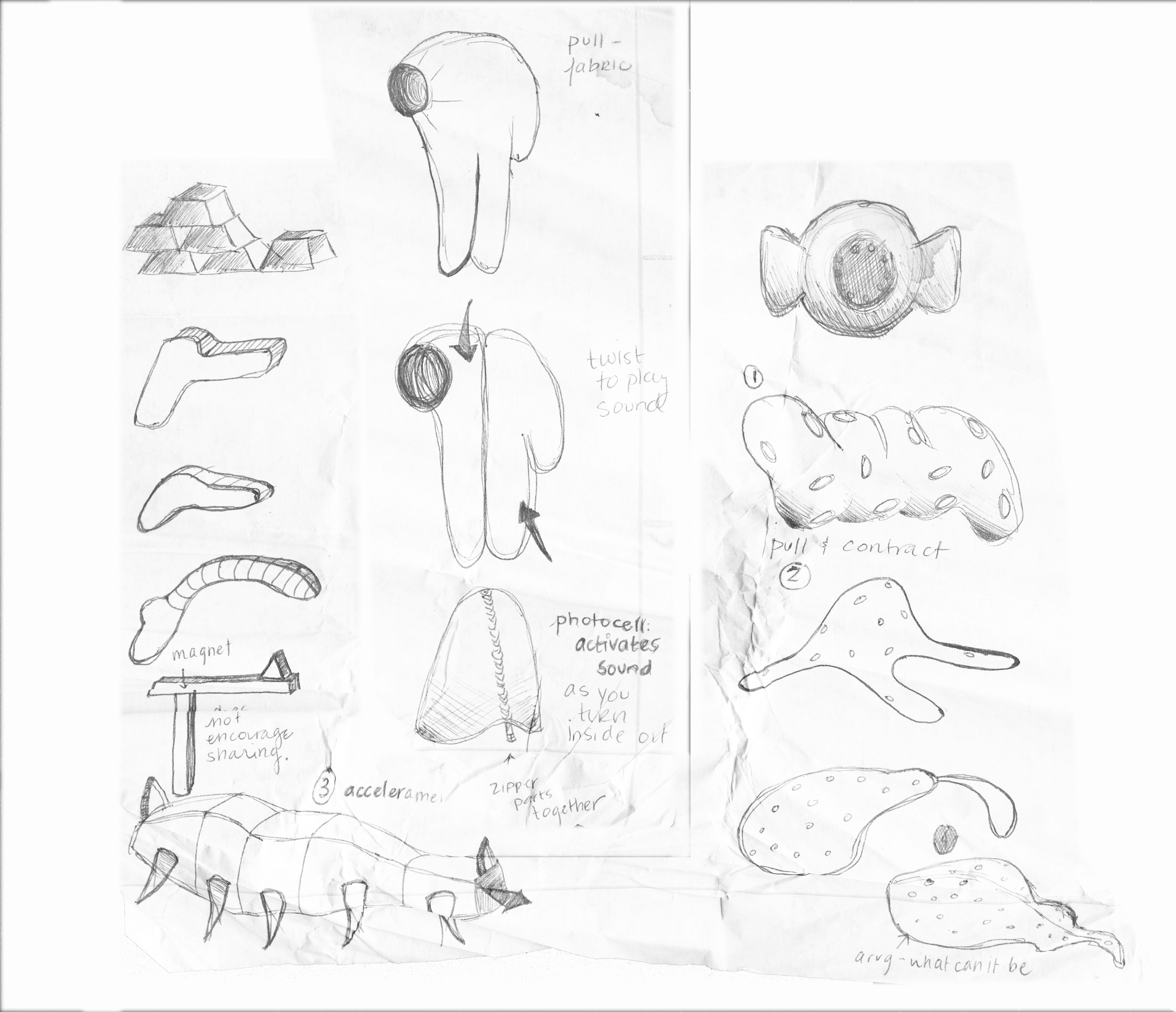
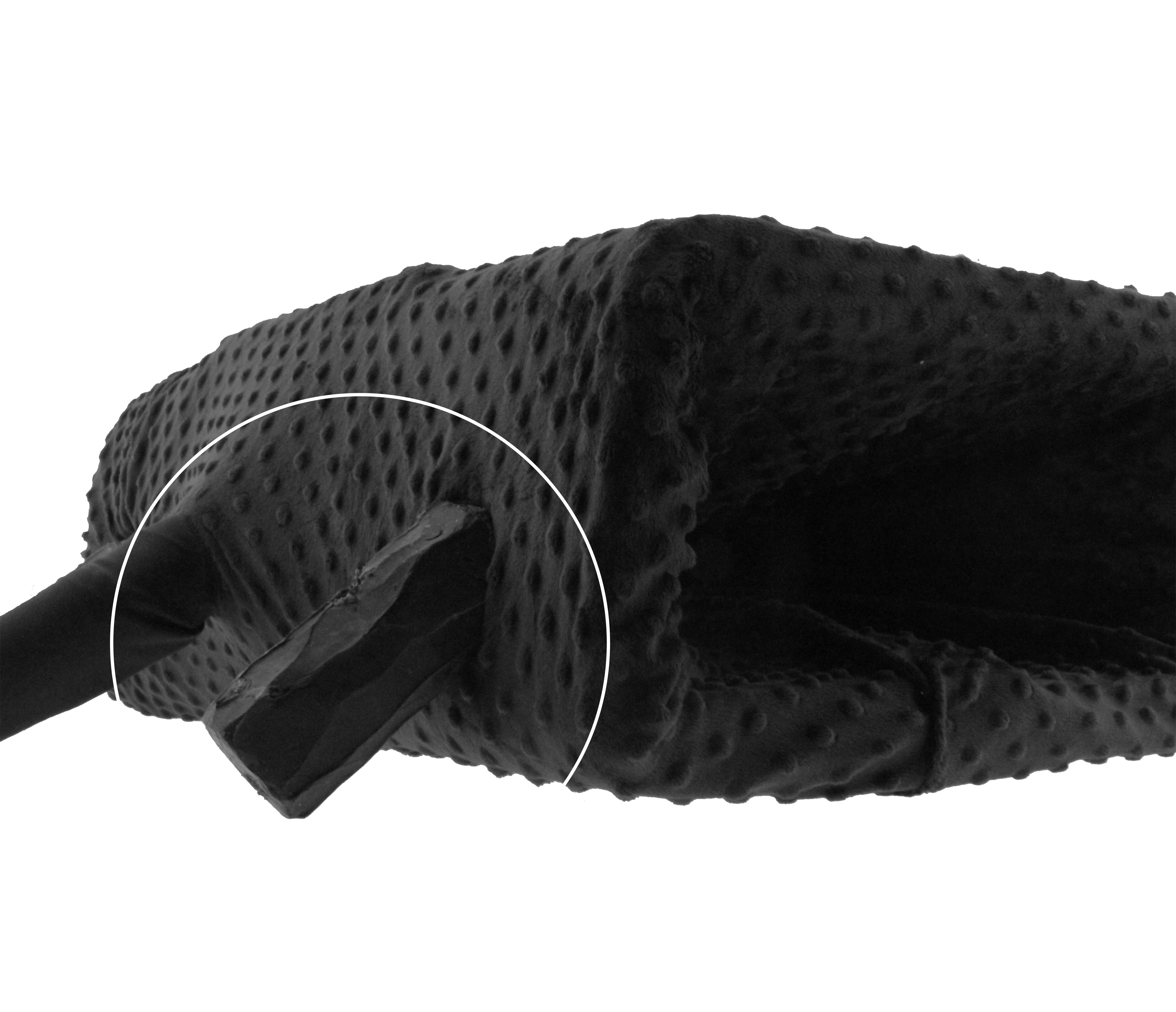


The full sensory library was built and tested. To improve the limited intelligence of the system, all foam or rubber surfaces were created from raw carbon fiber to mimic capacitive touch. The from scratch sensors enhanced the systems awareness of its environment.
DESIGN RESEARCH.

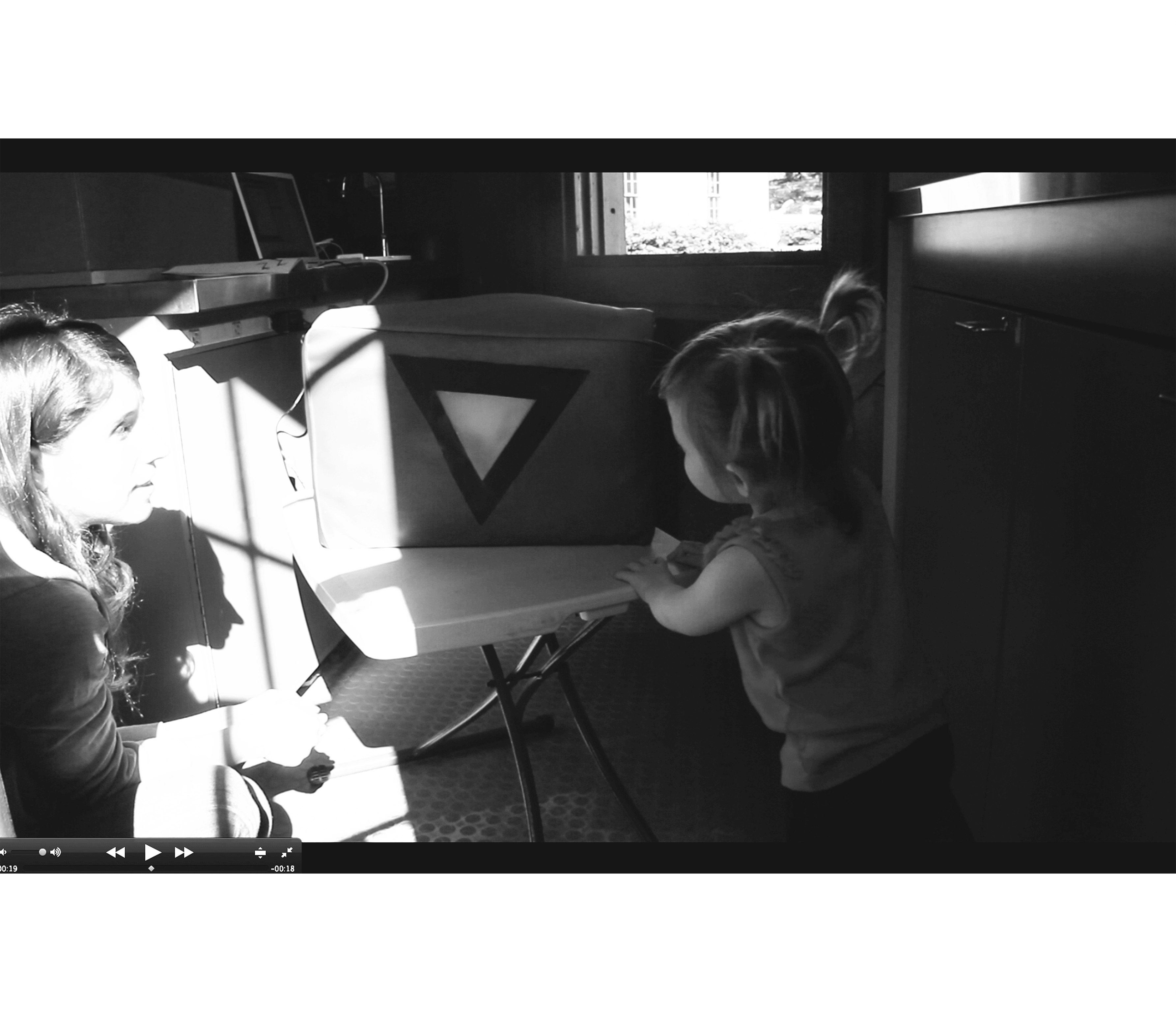
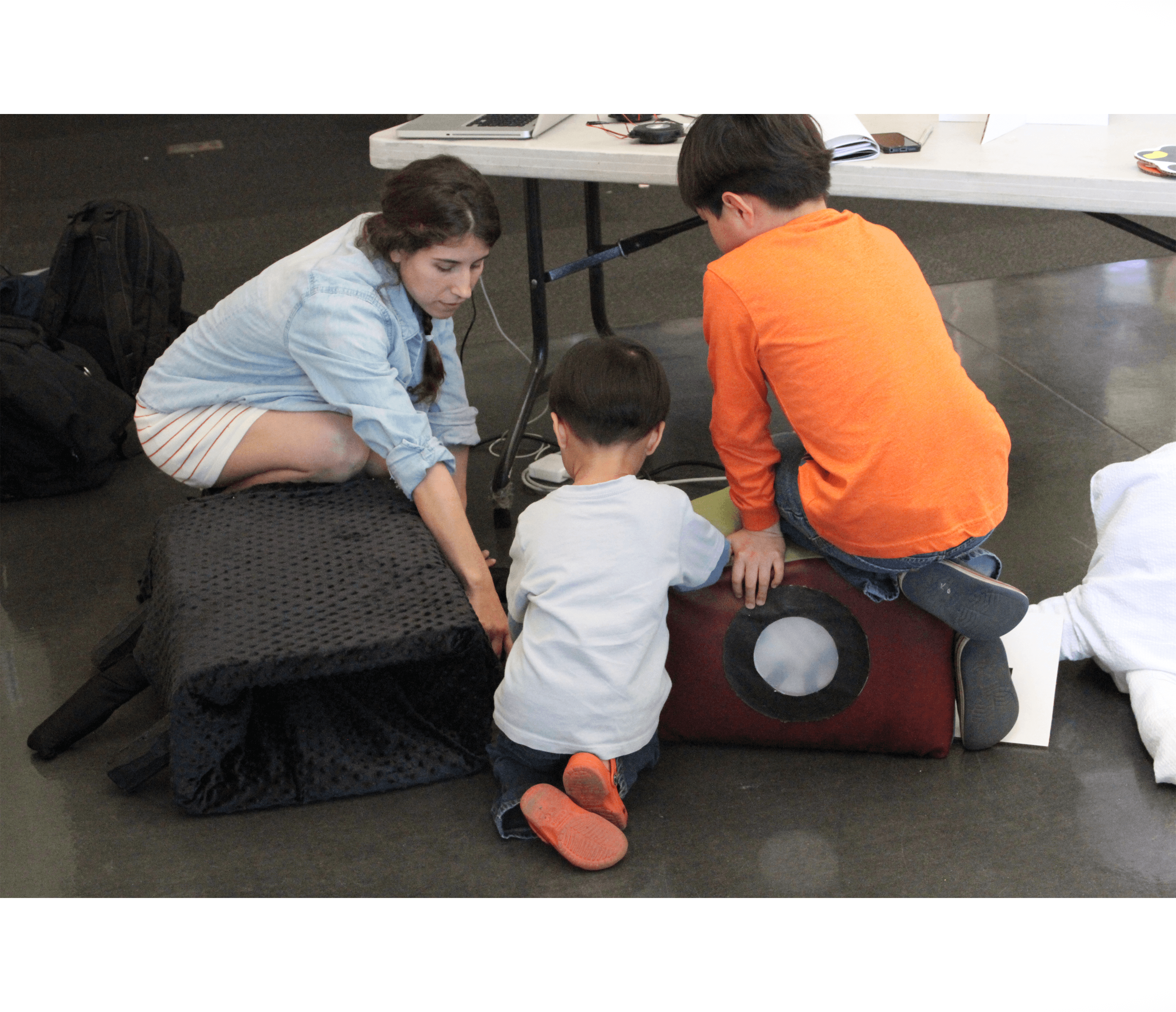
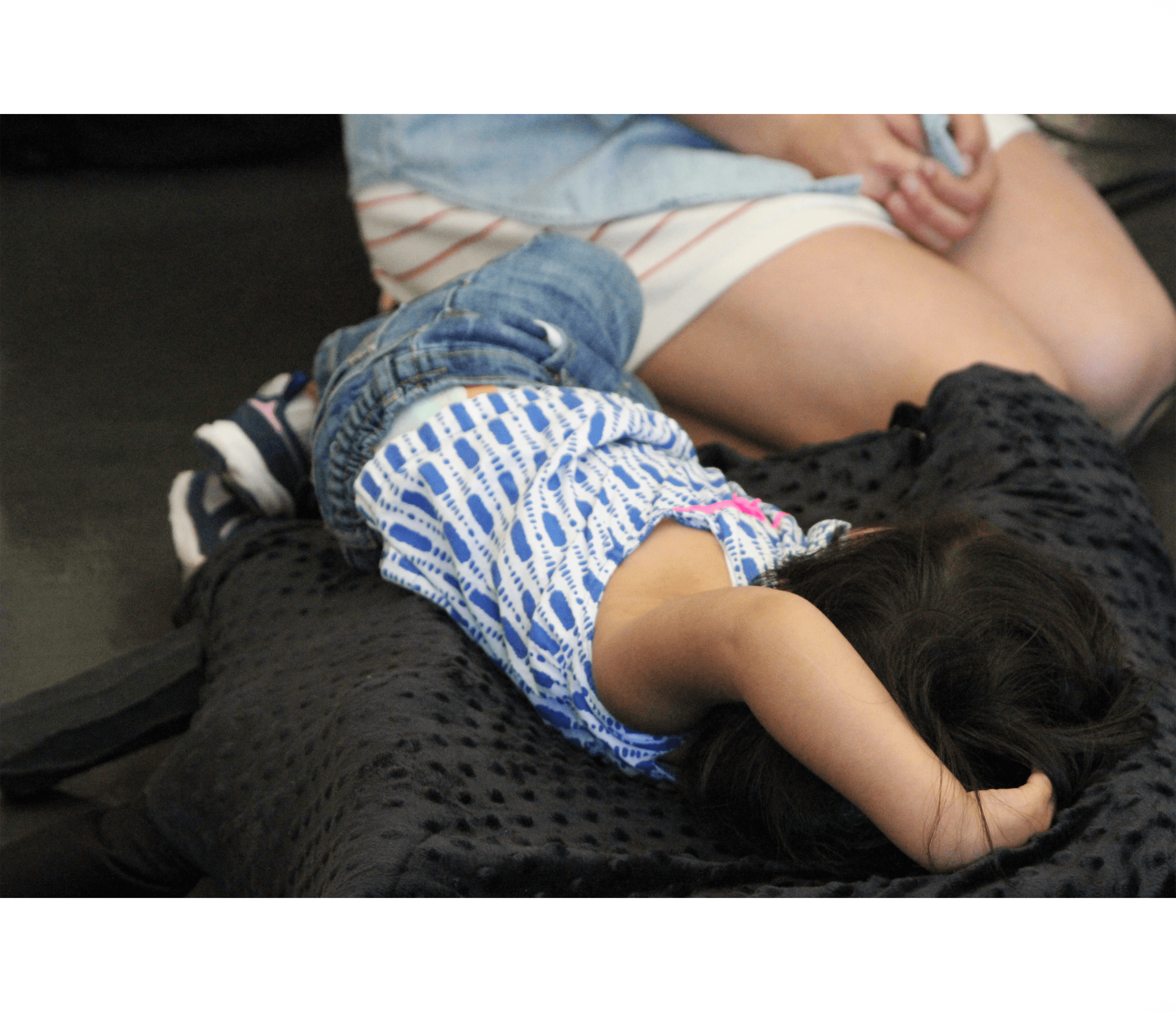
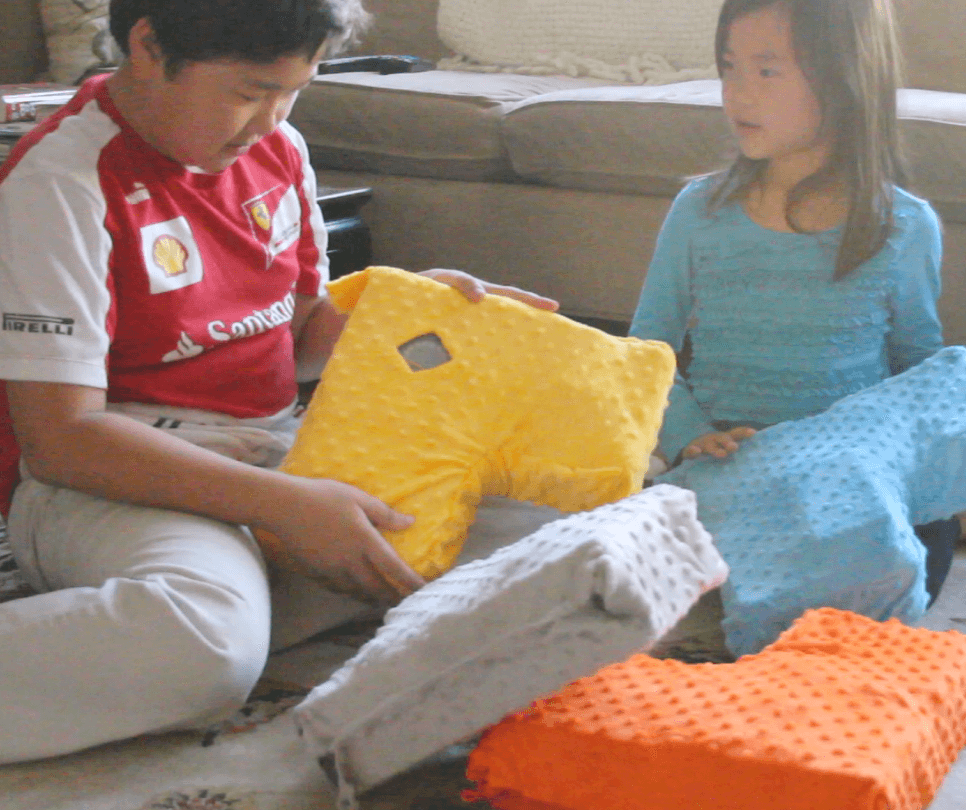
To test out my prototypes, I held pop-ups throughout the bay area and private play sessions at toddler’s homes. Each session guided the design of the library and form factor. The final form tests produced the best results: toddlers were aware of the sensory cues and adjusted their behavior in groups after learning the patterns of alert.





